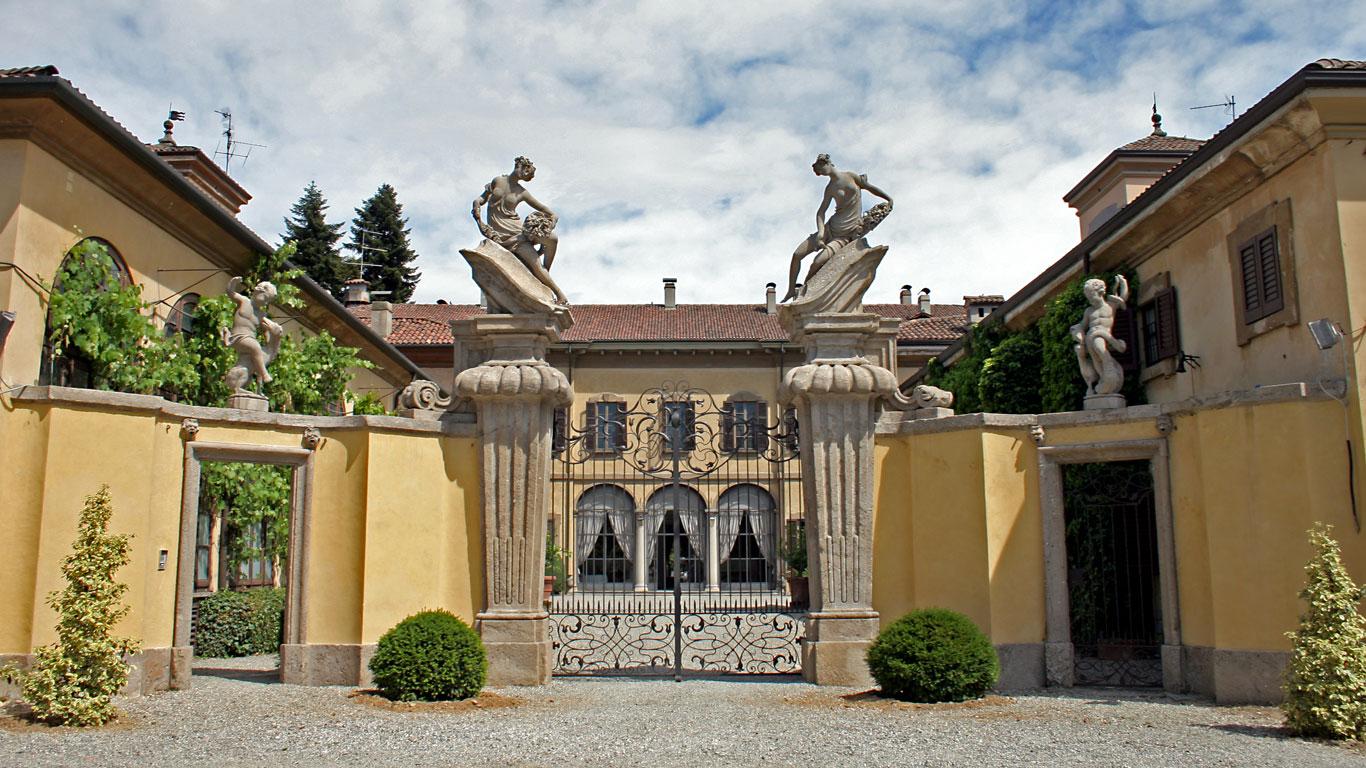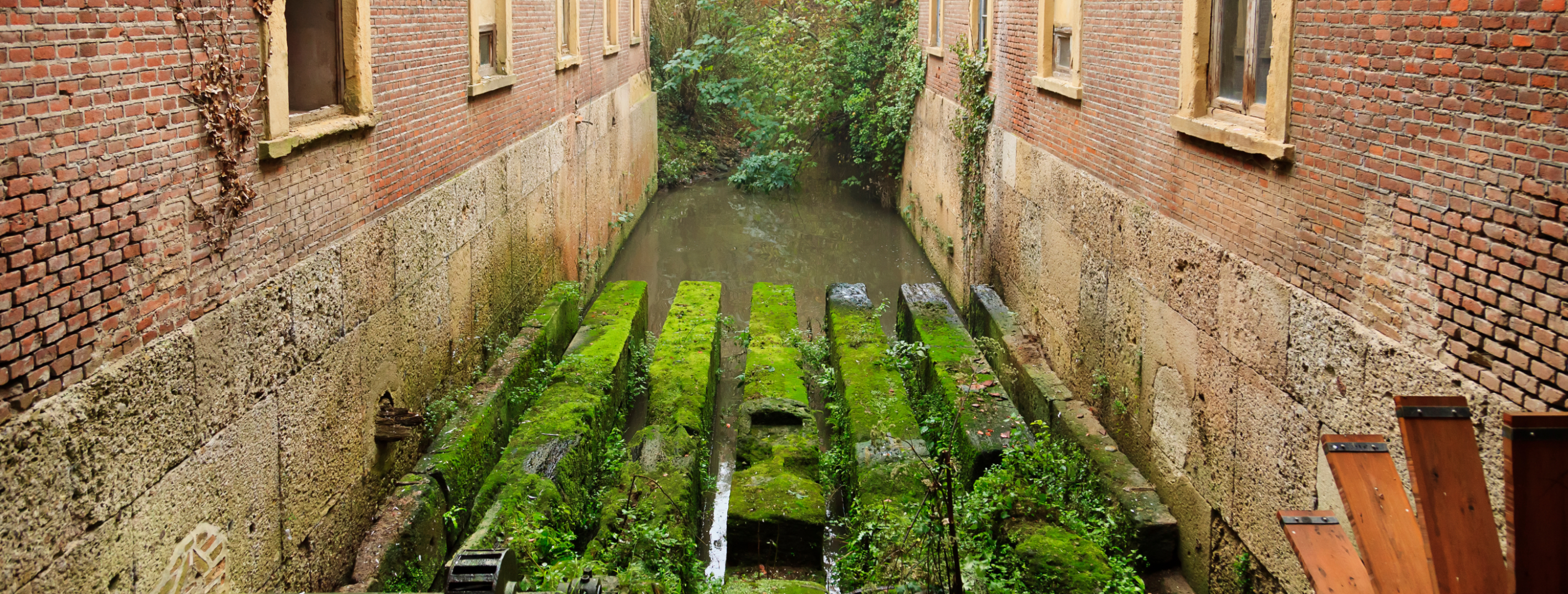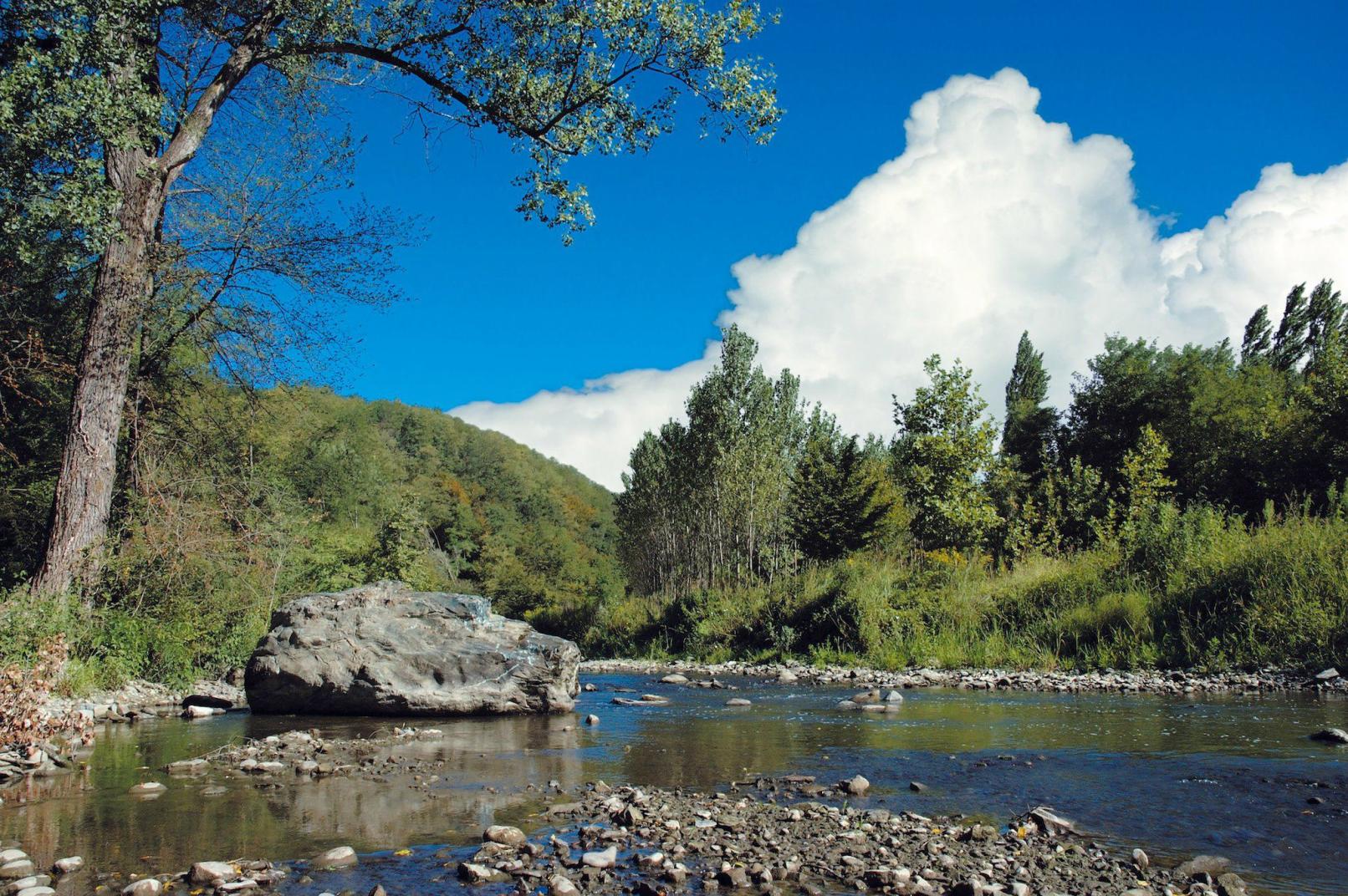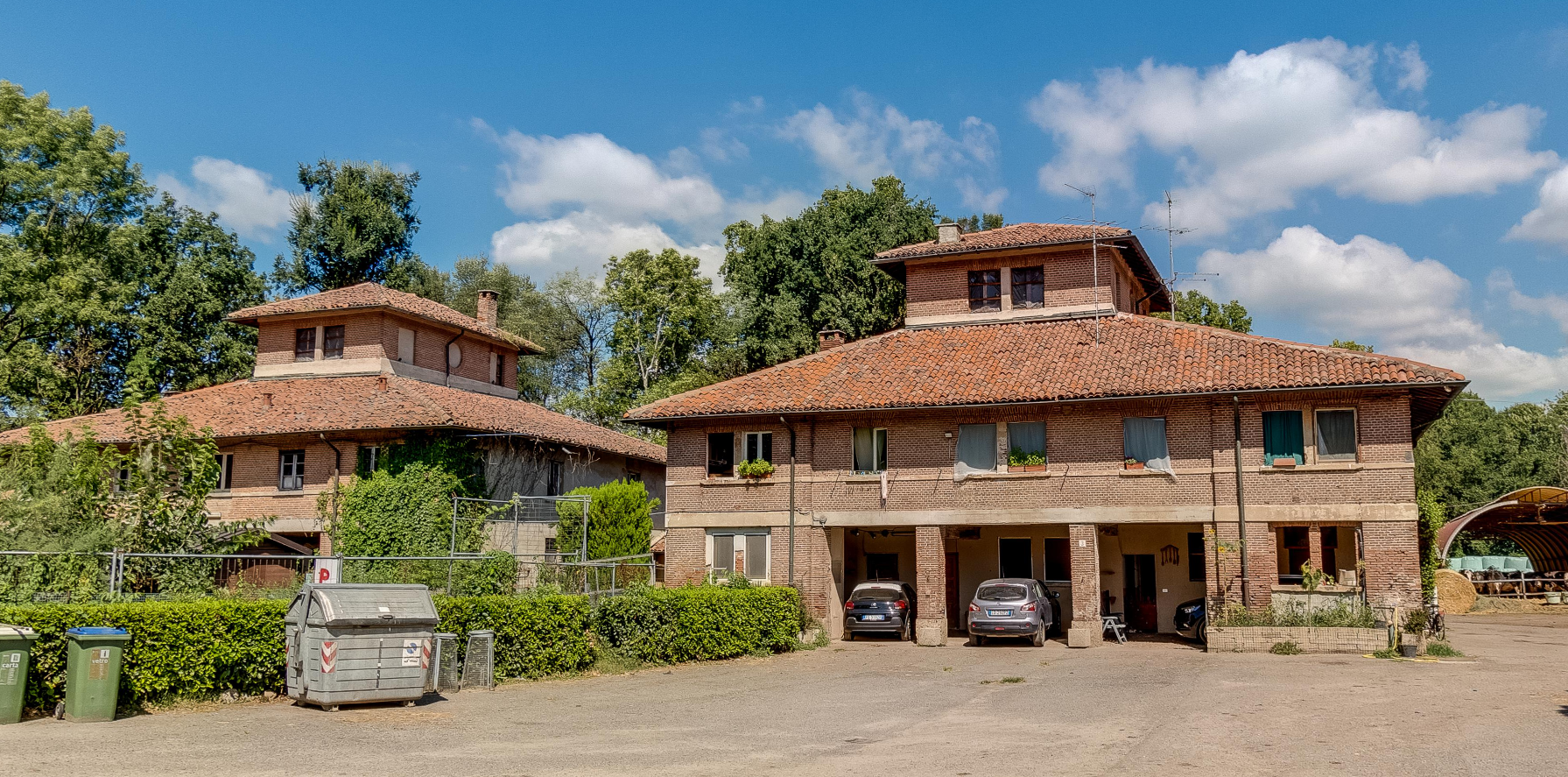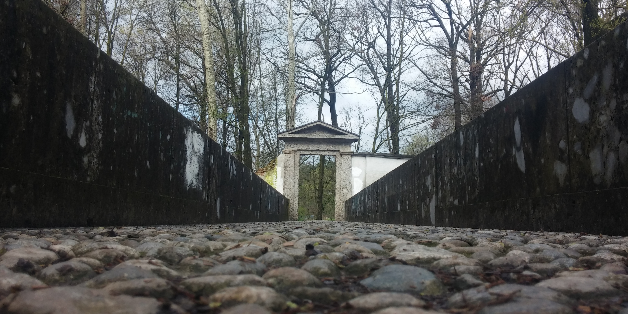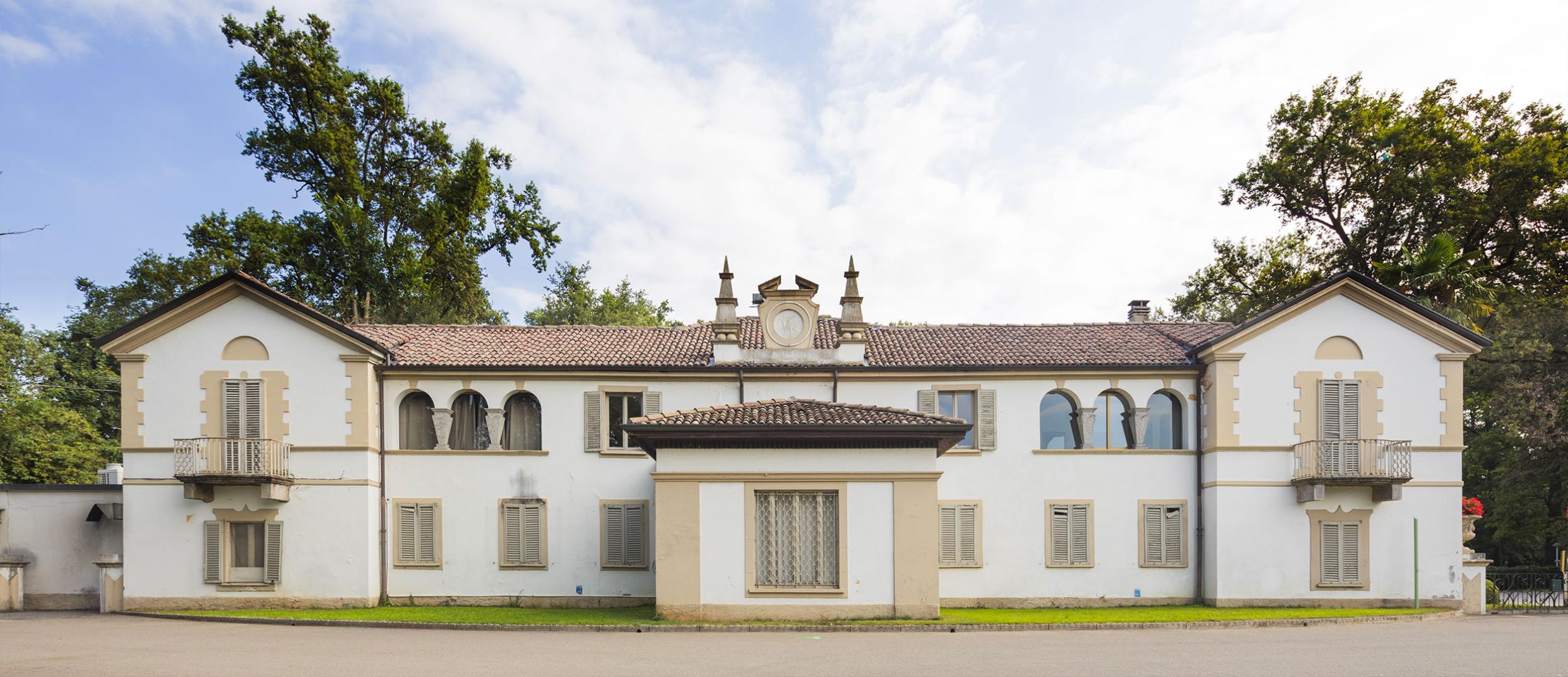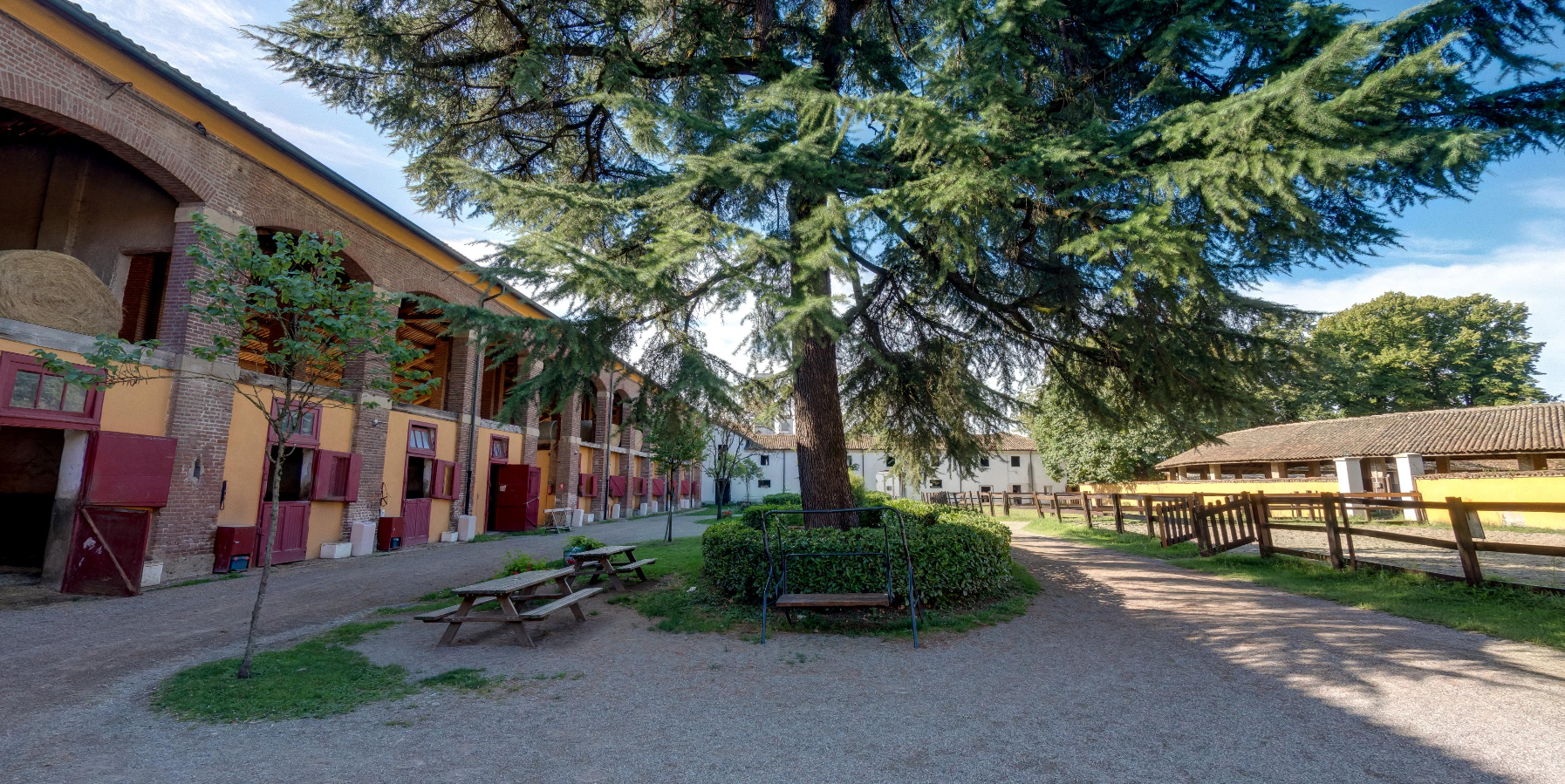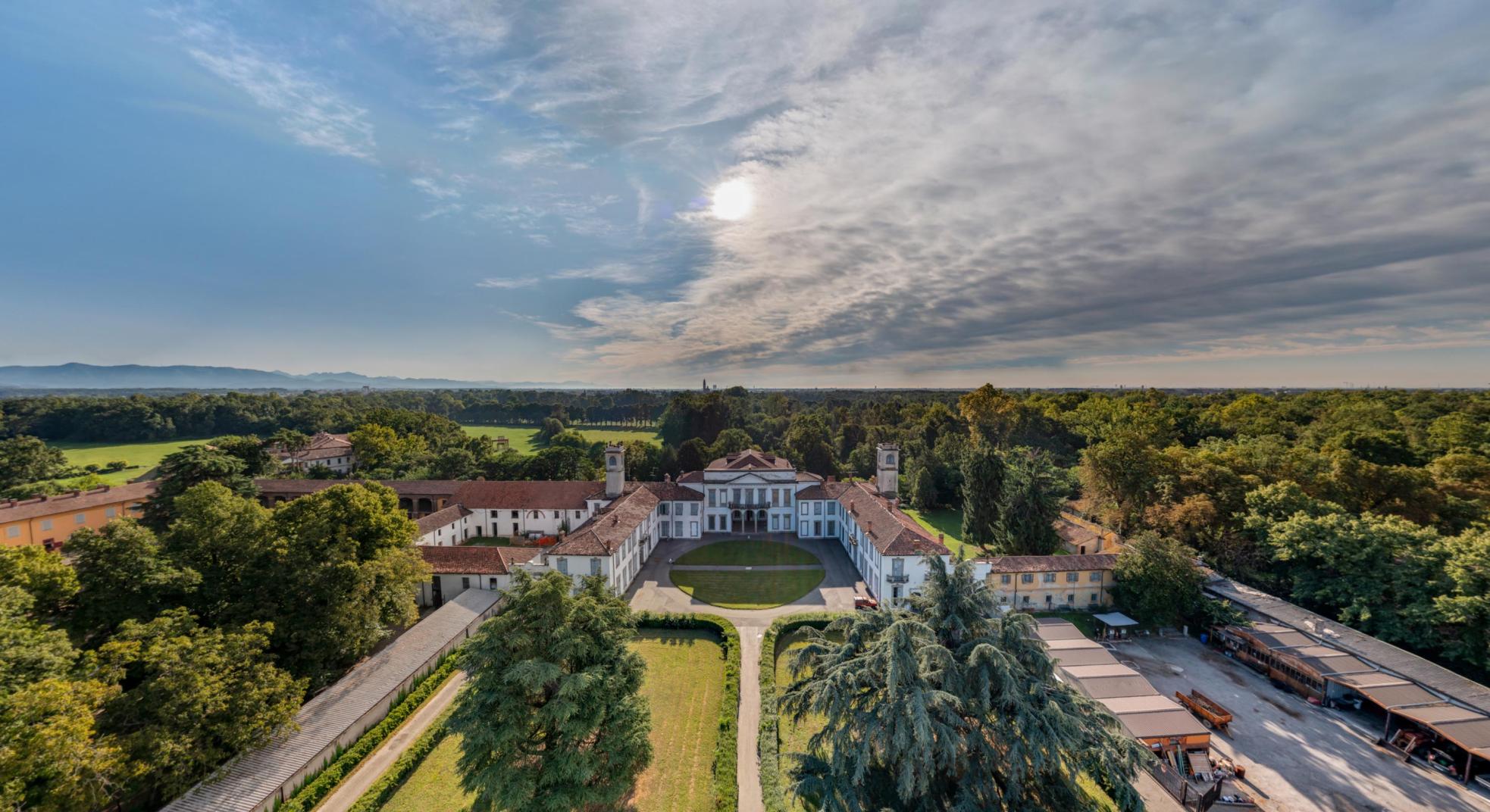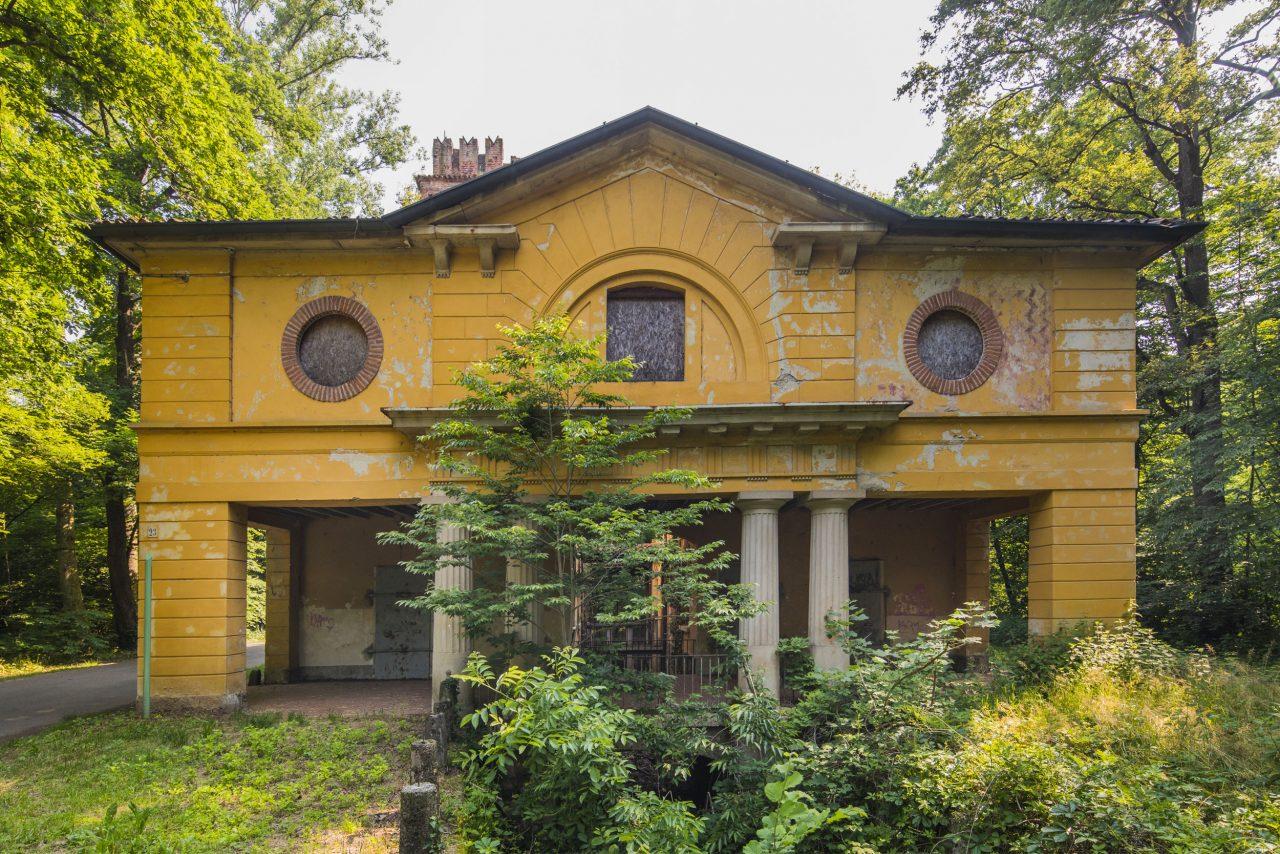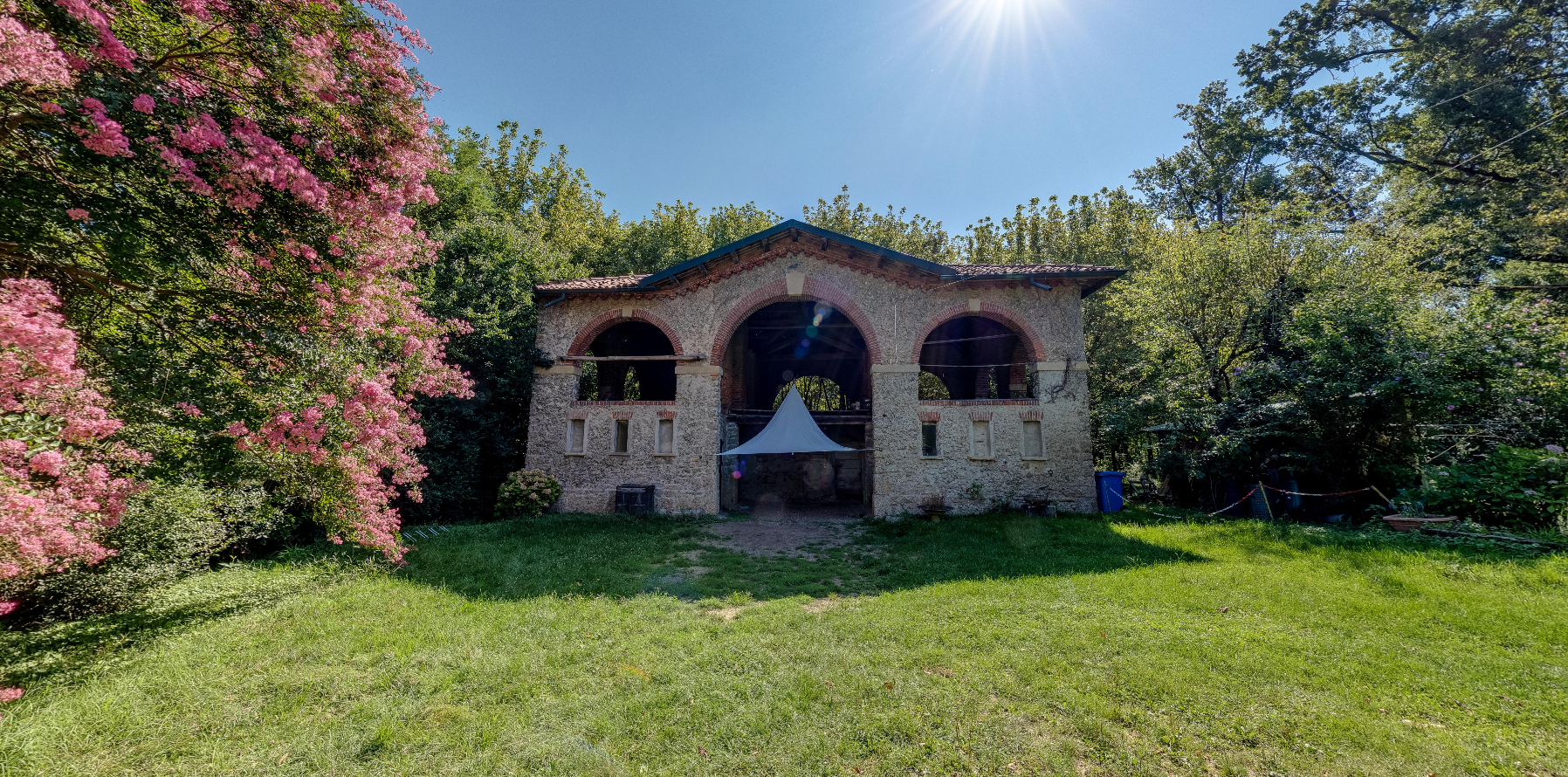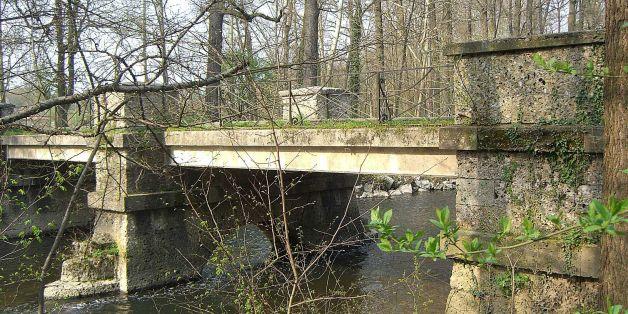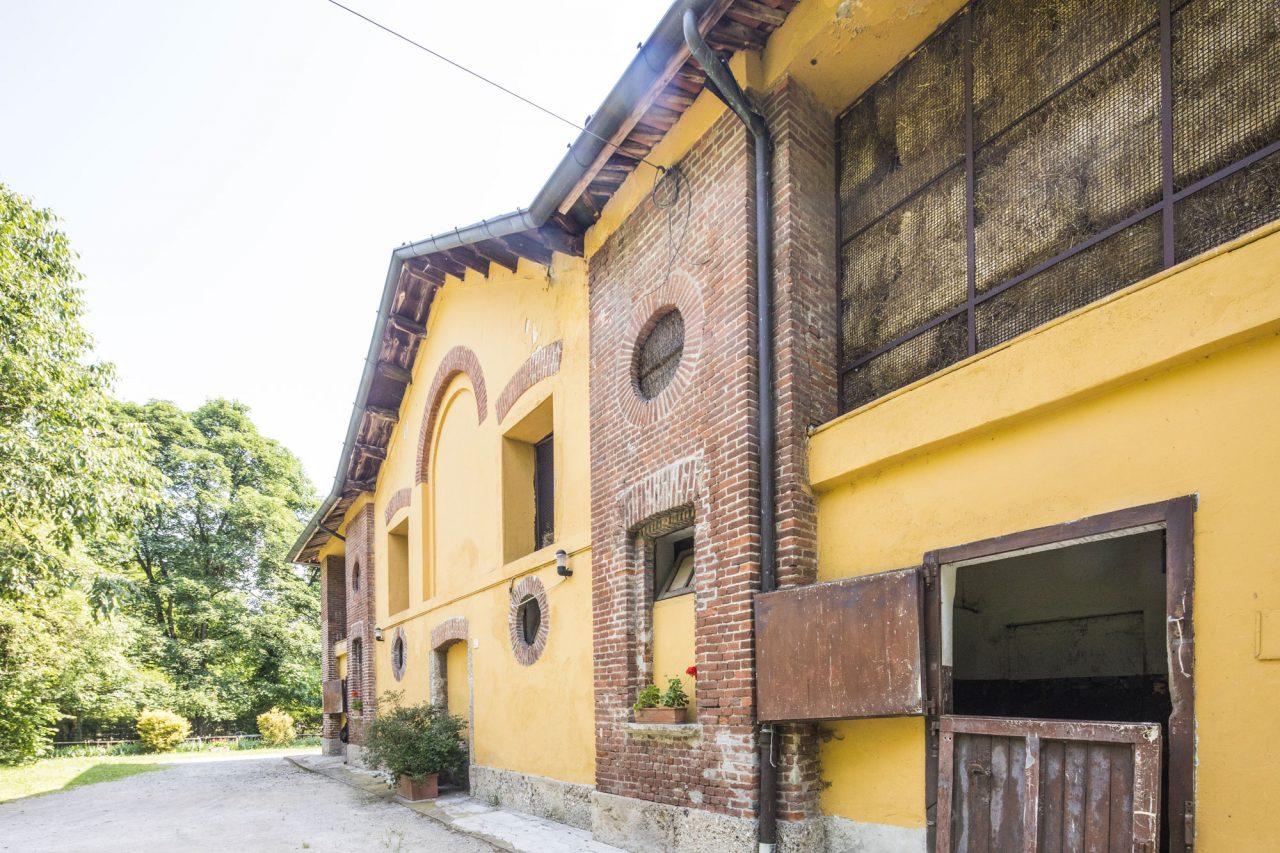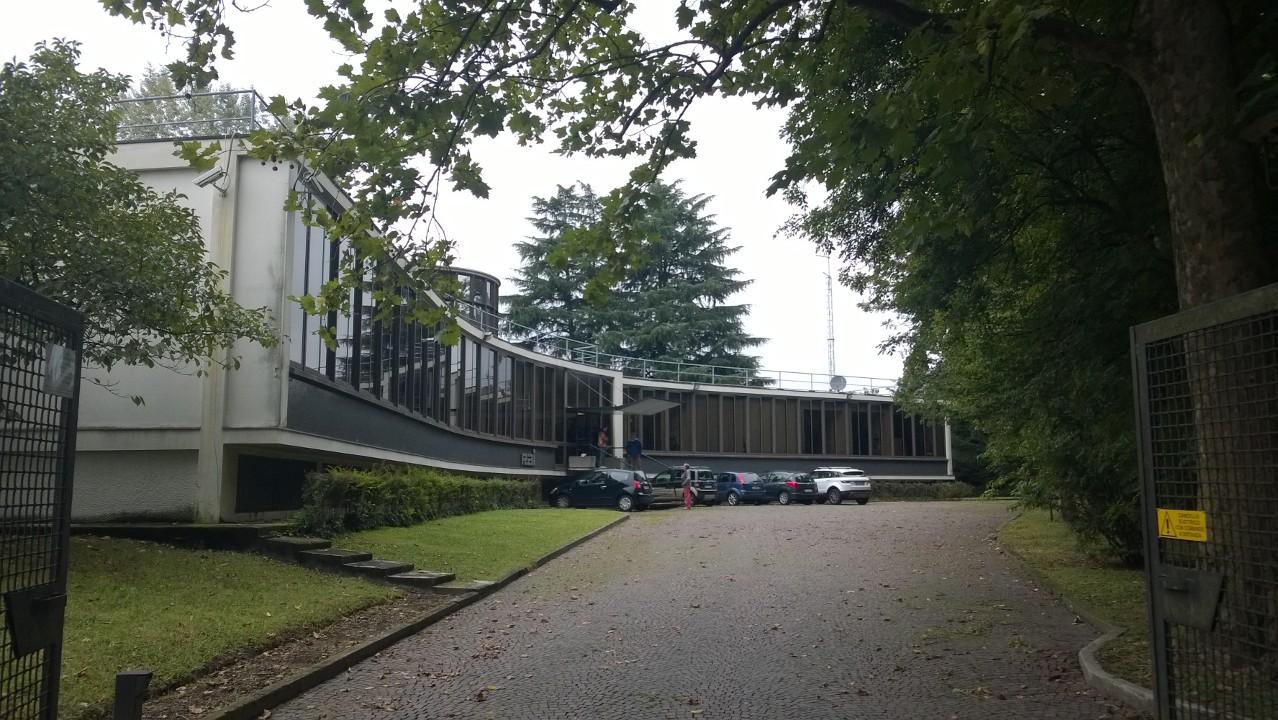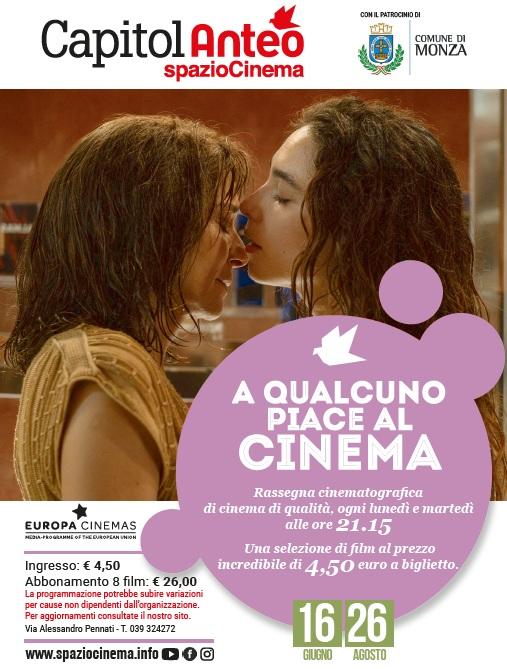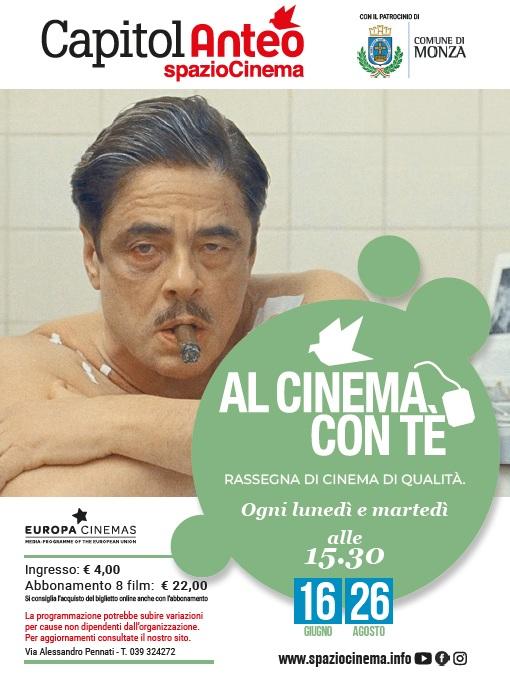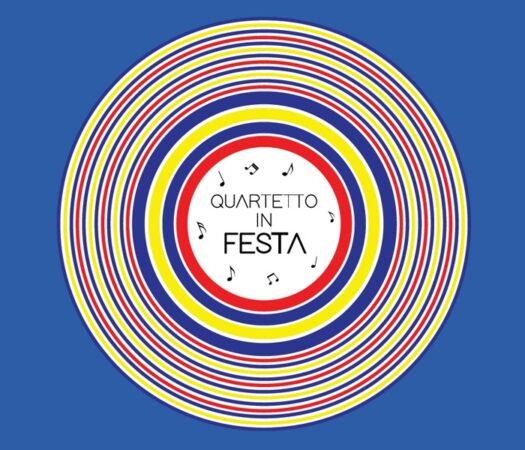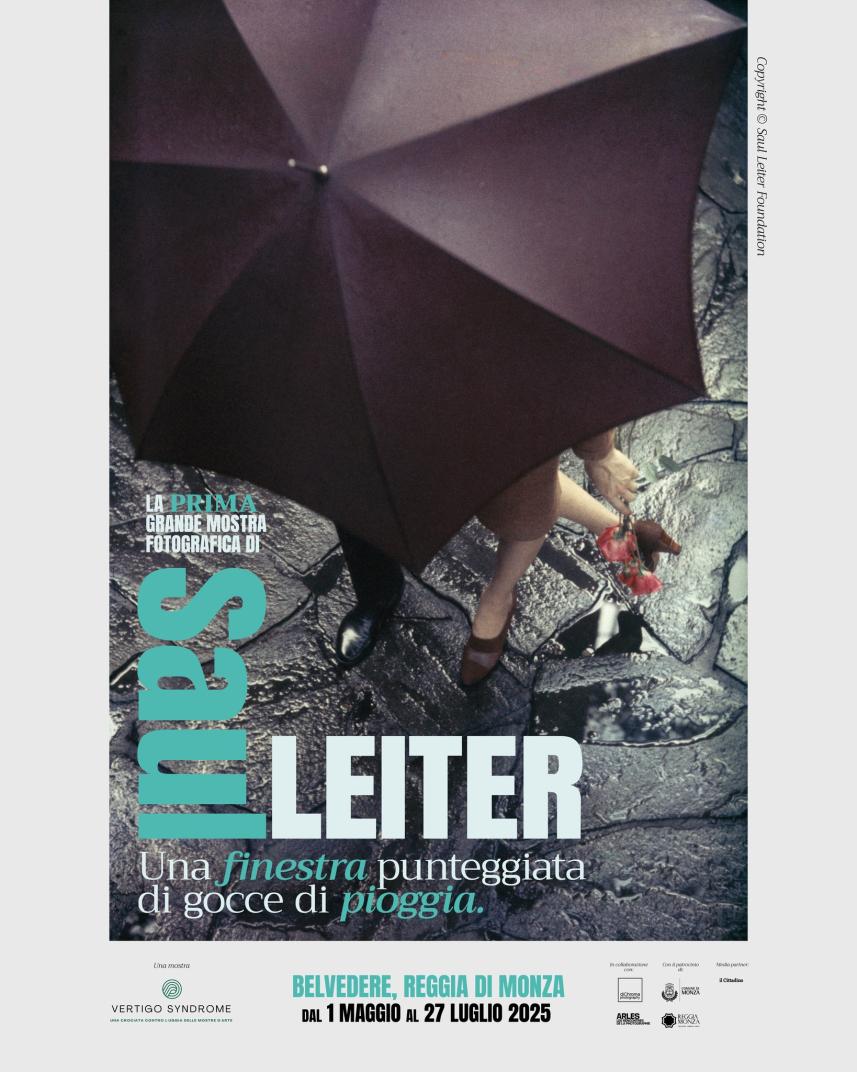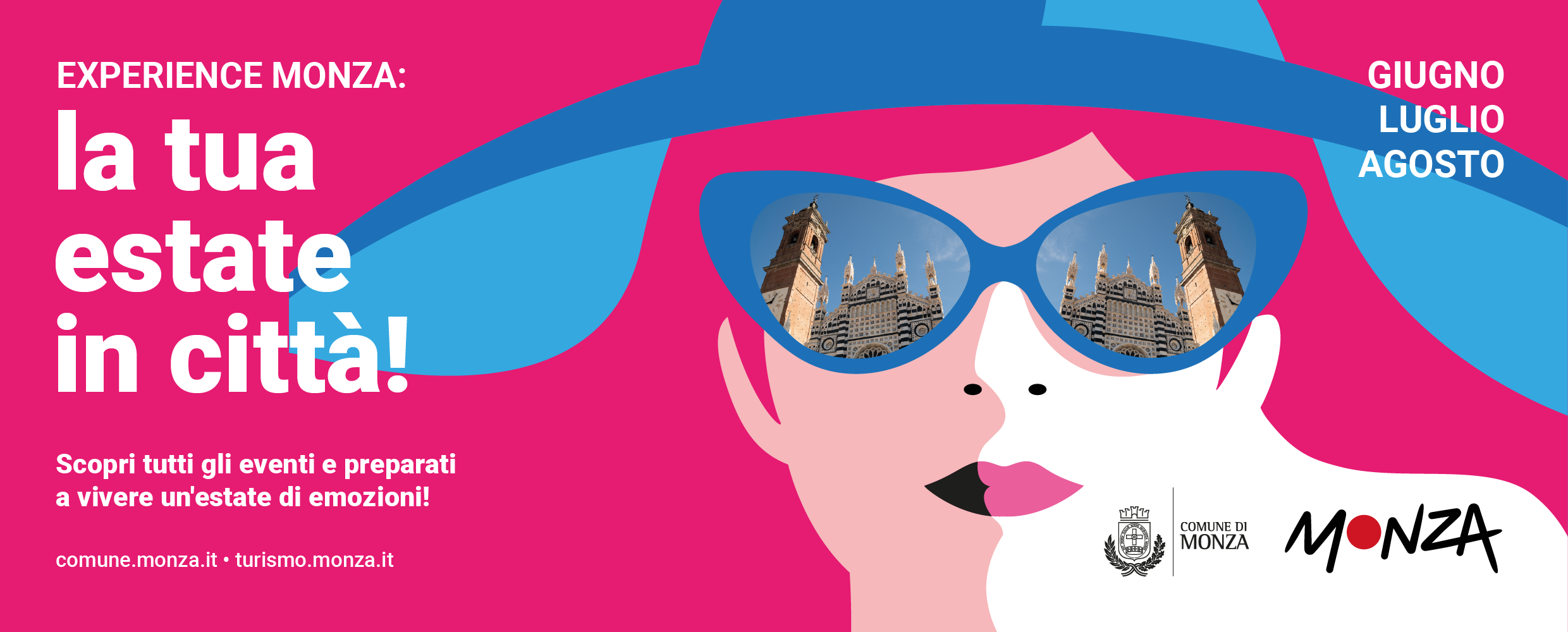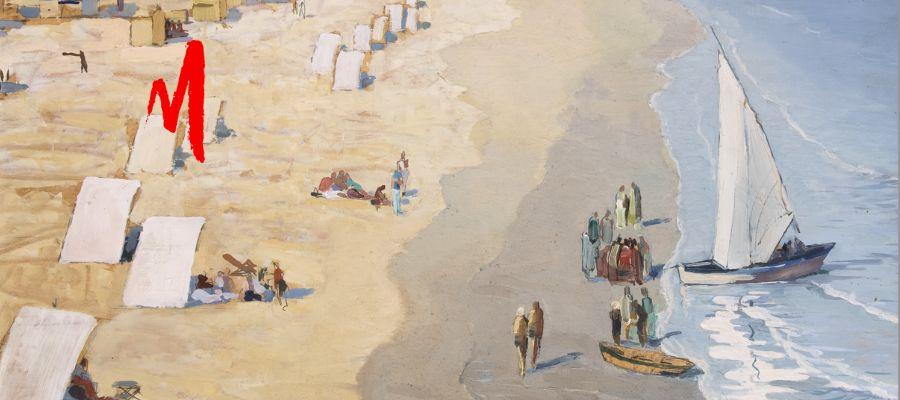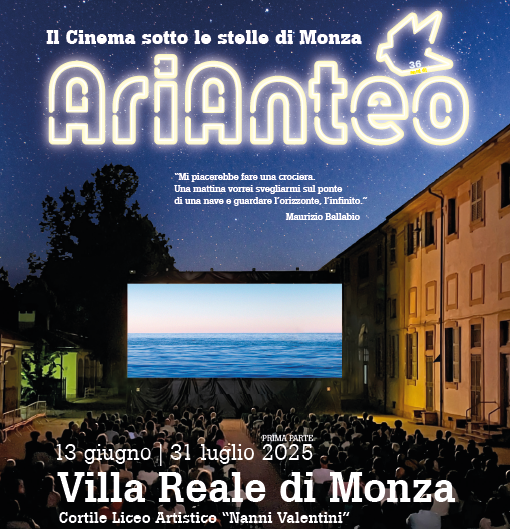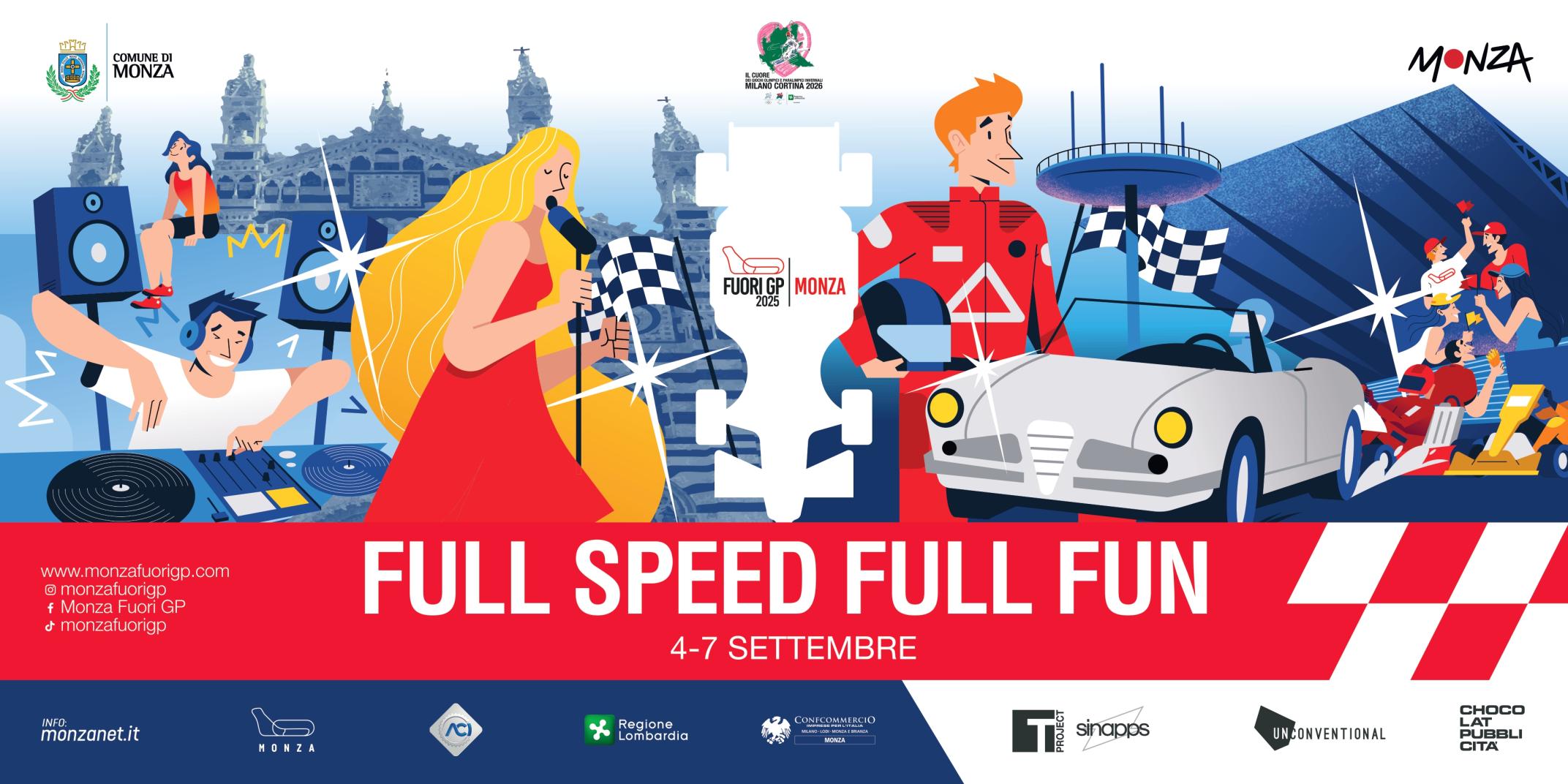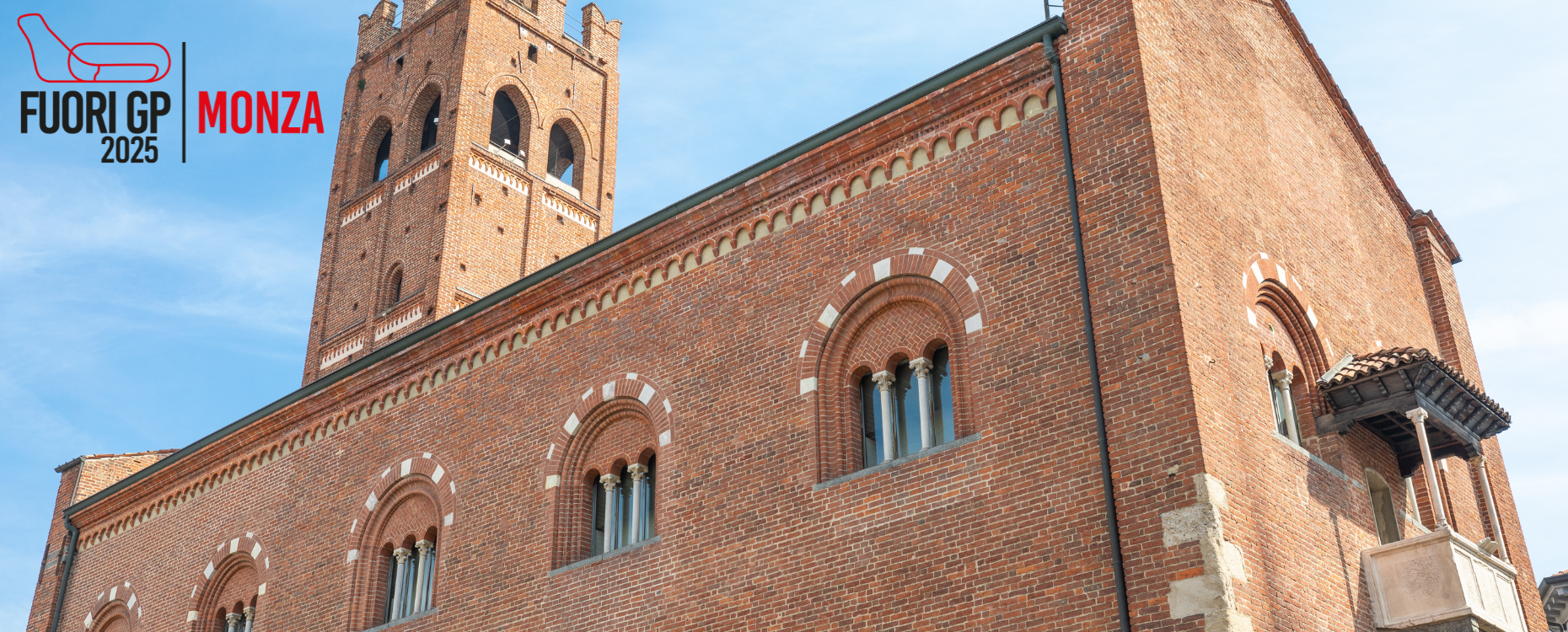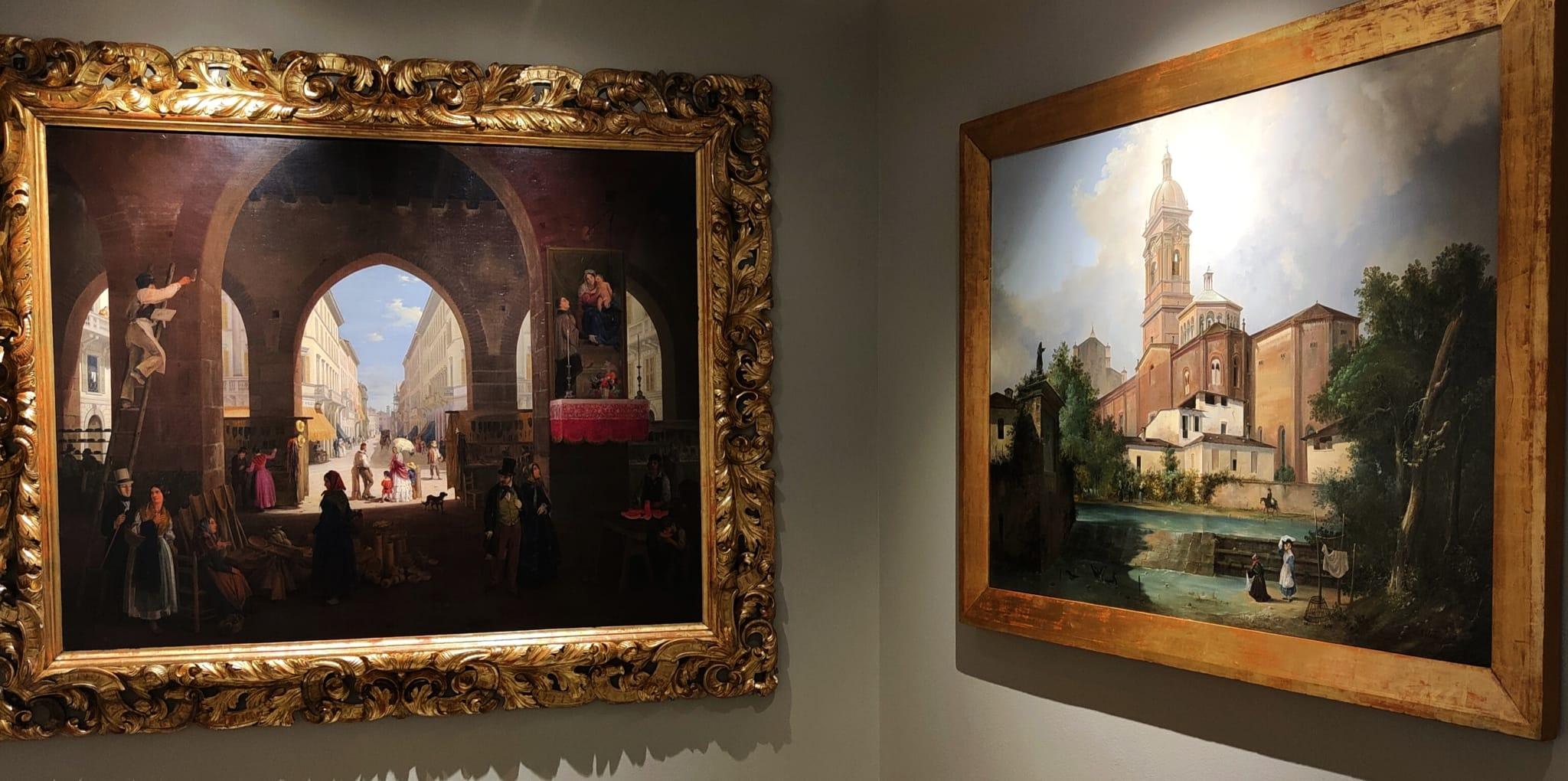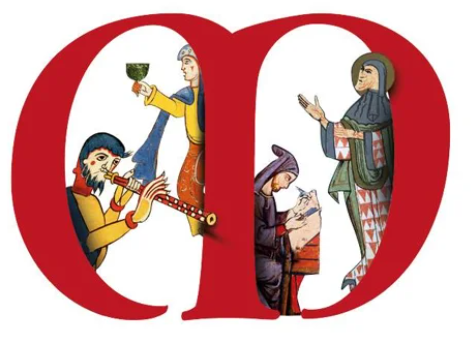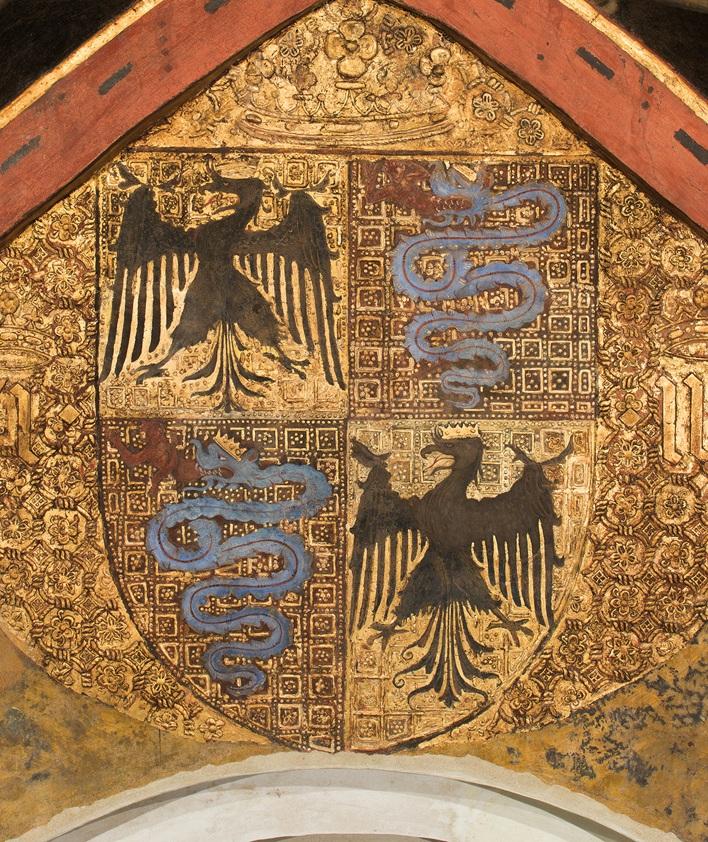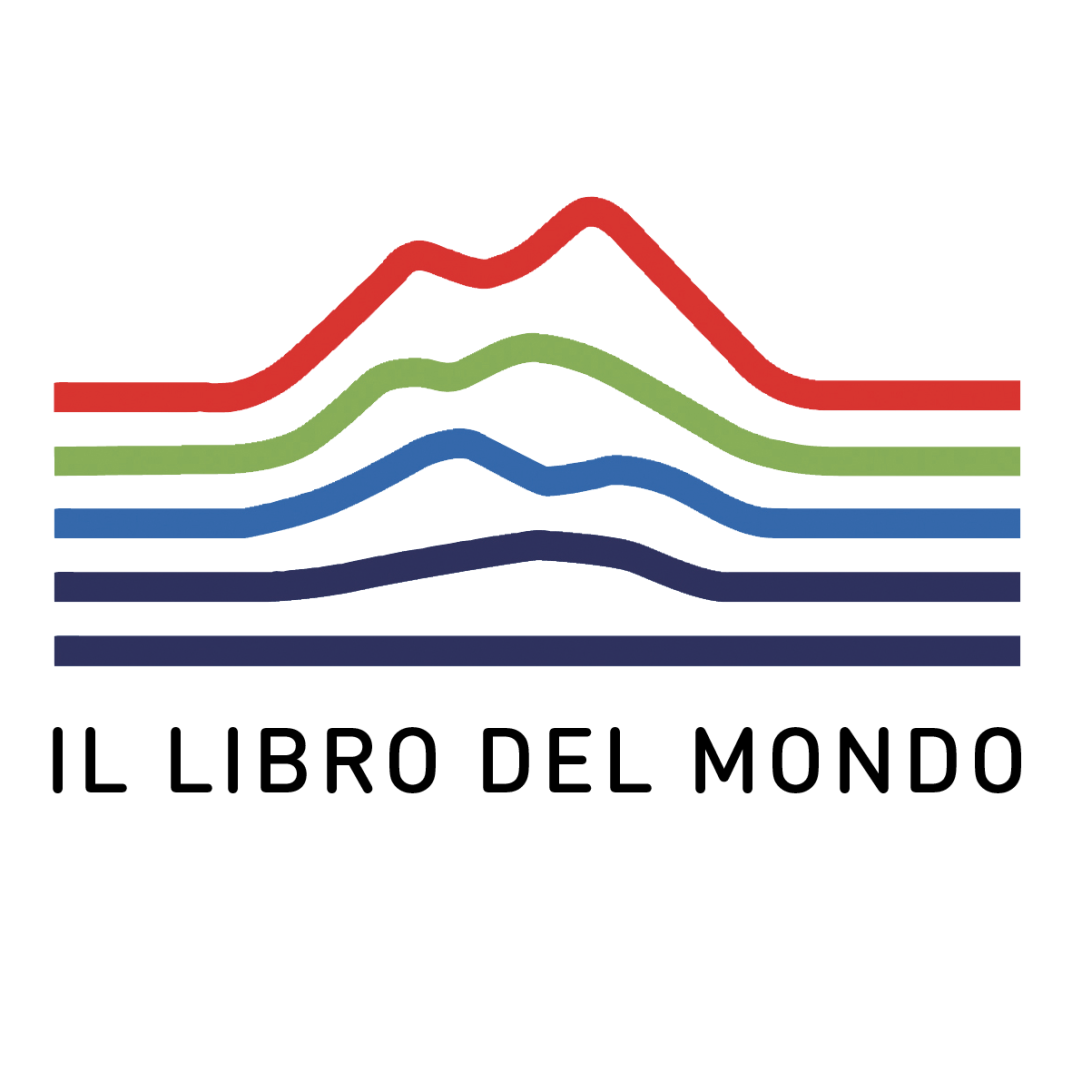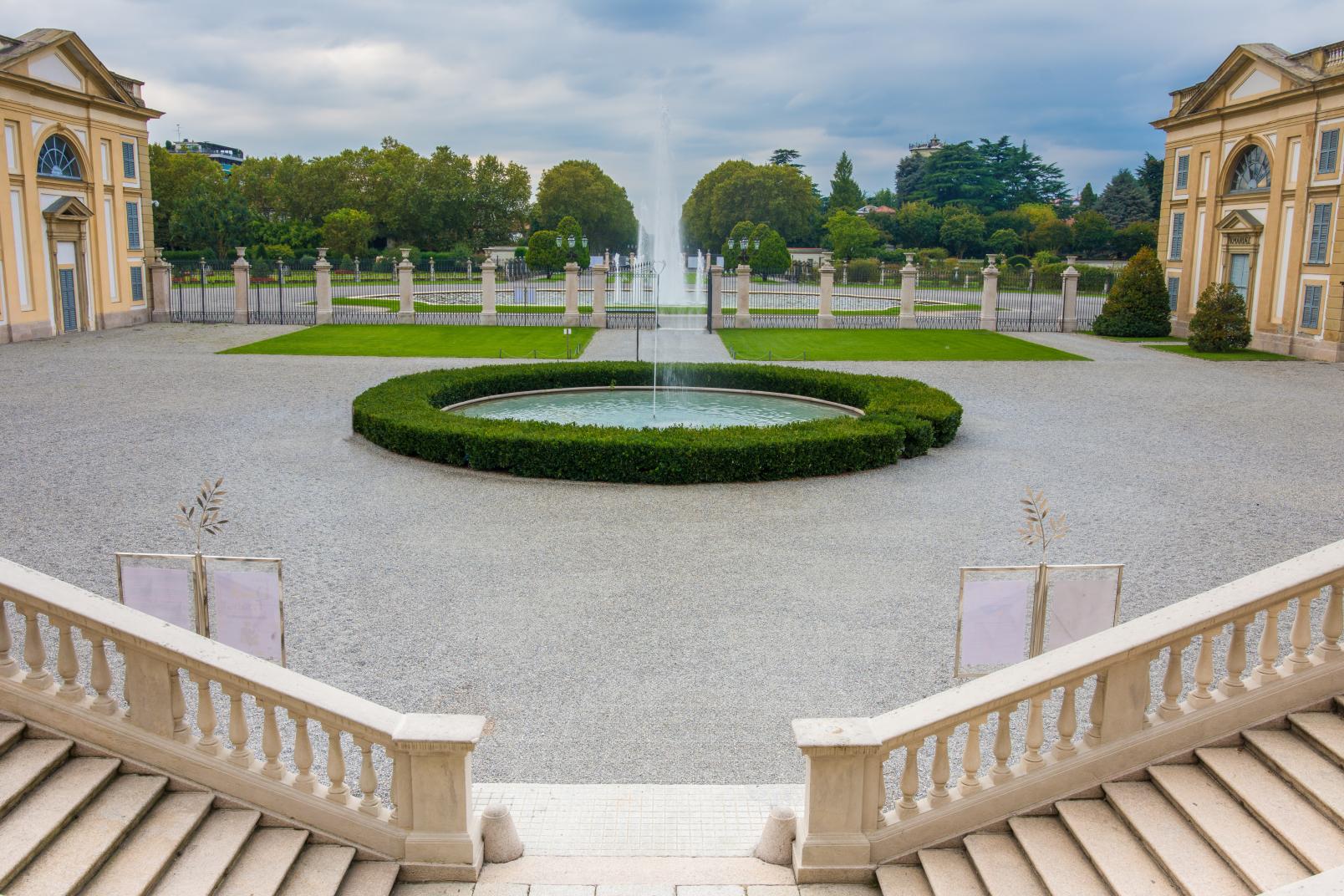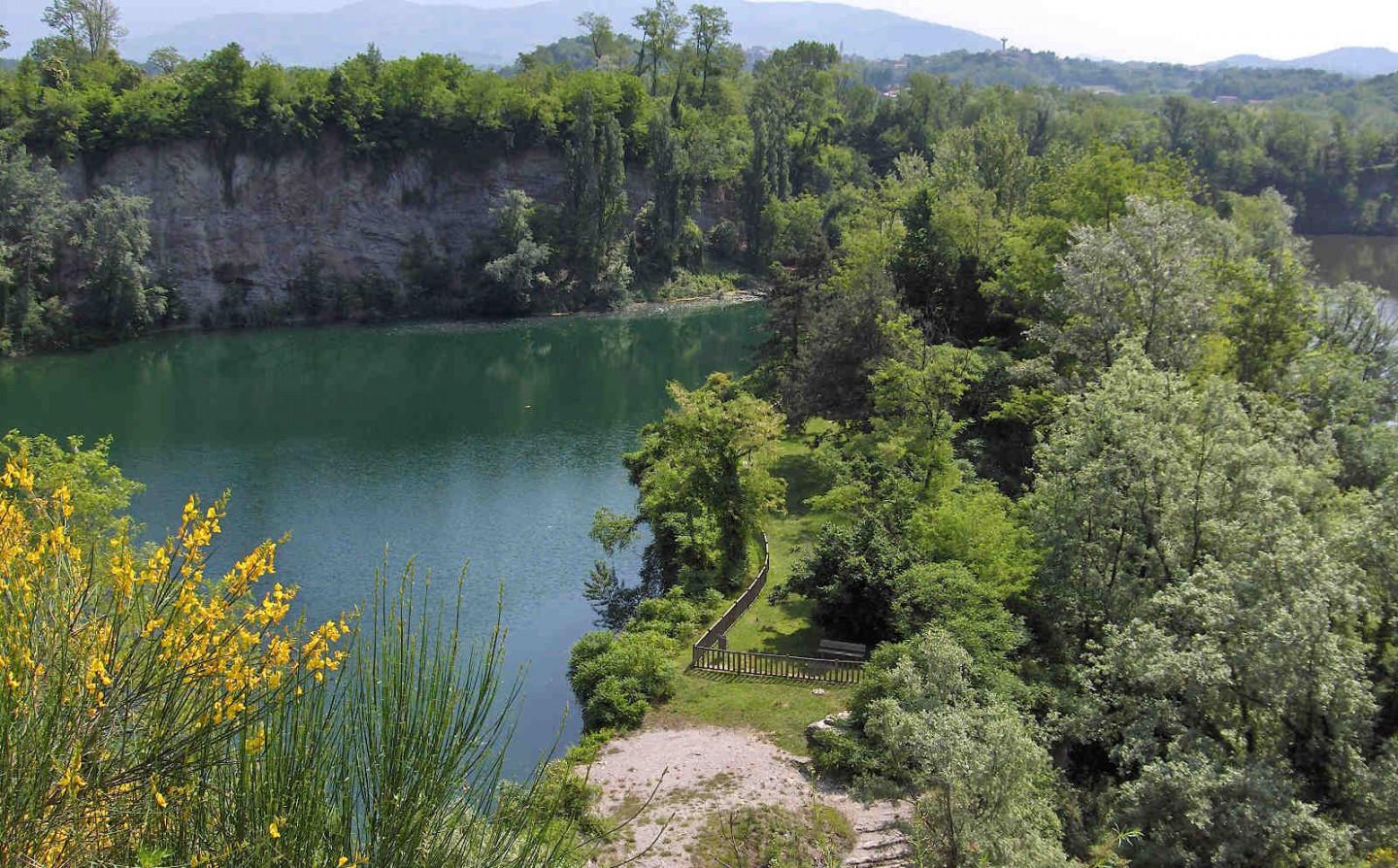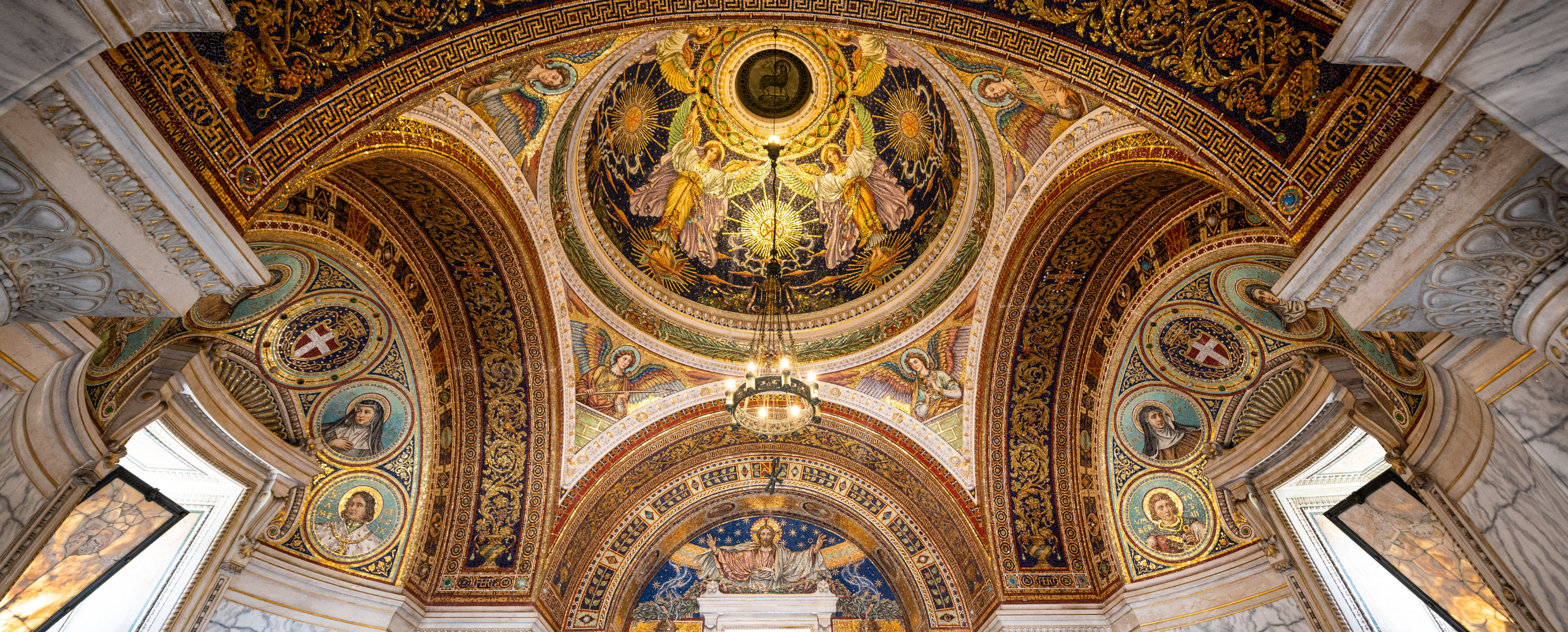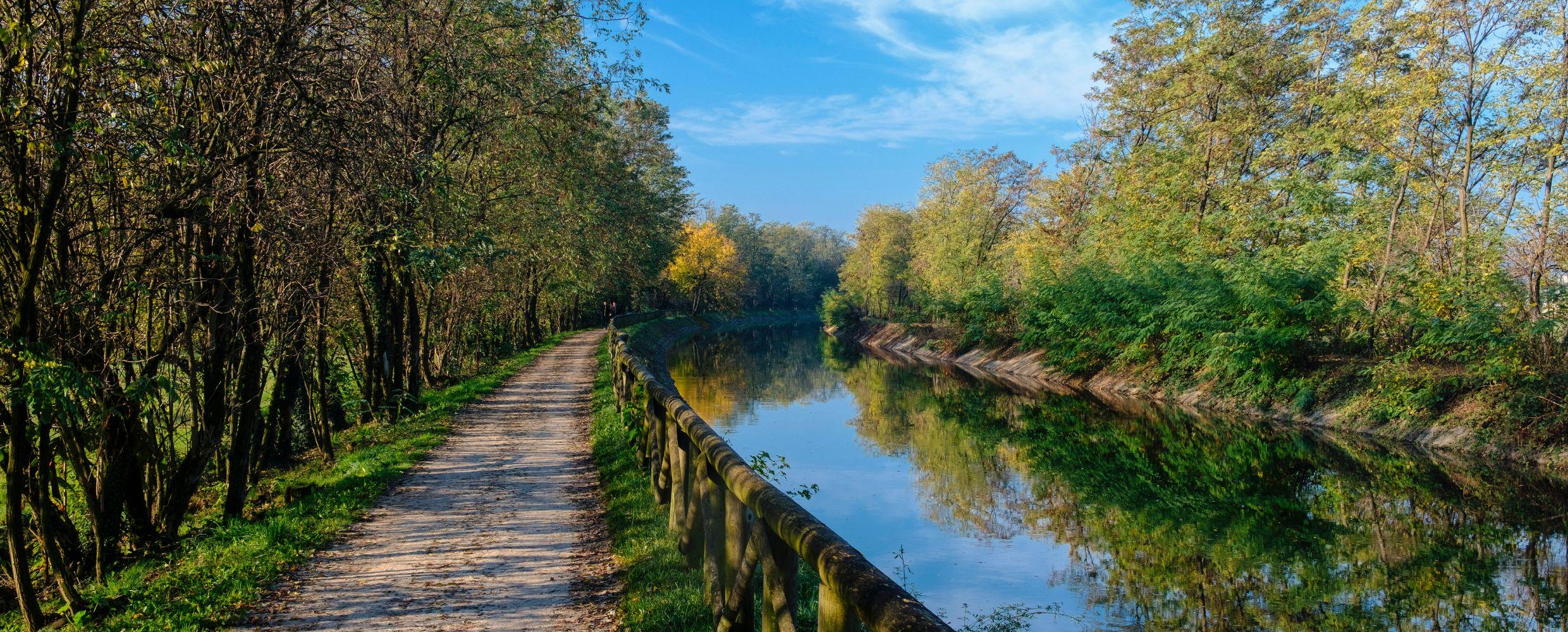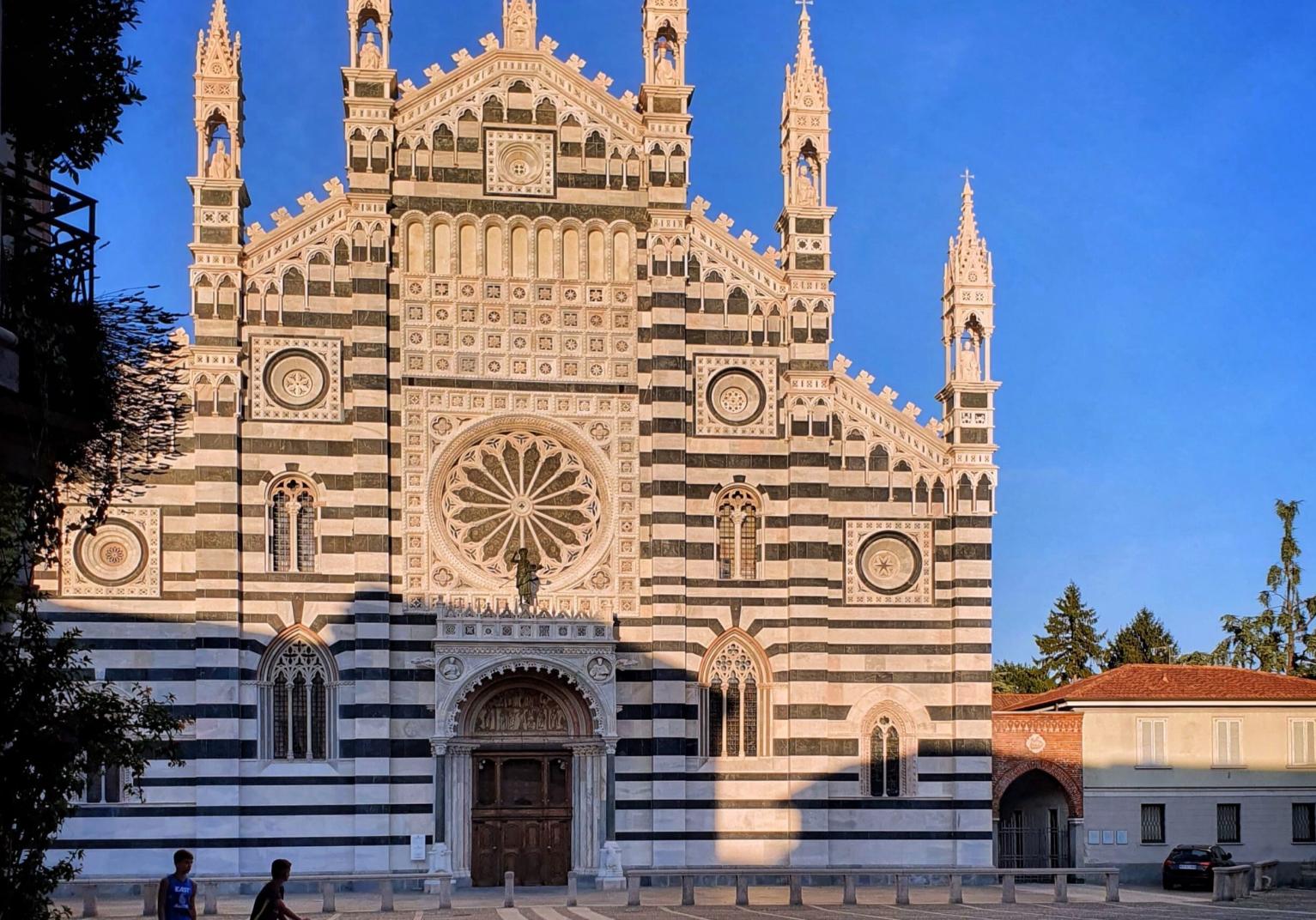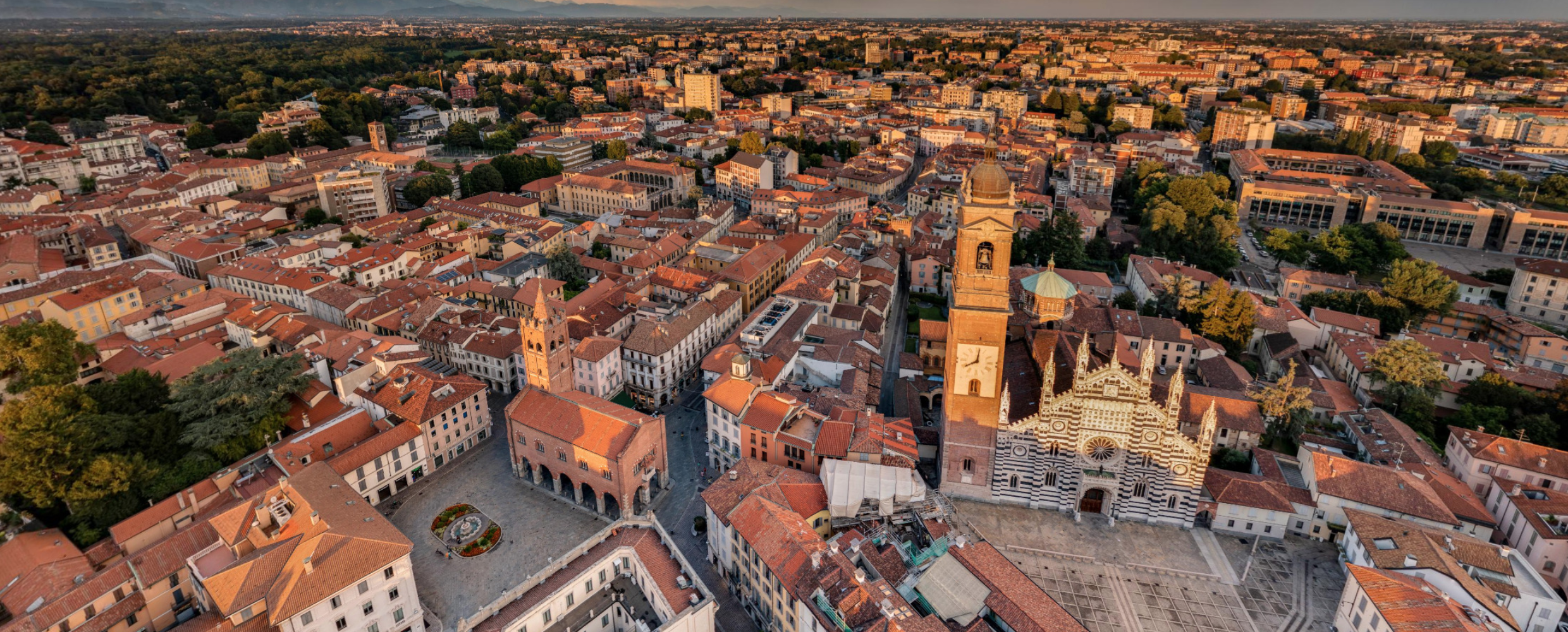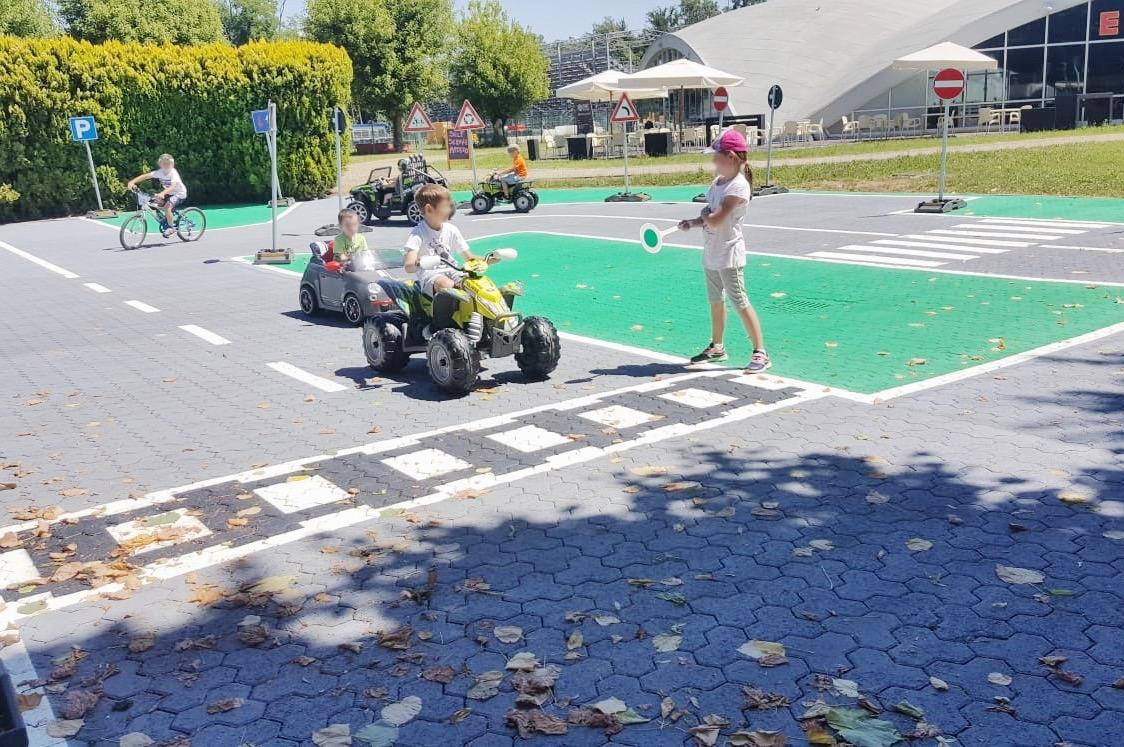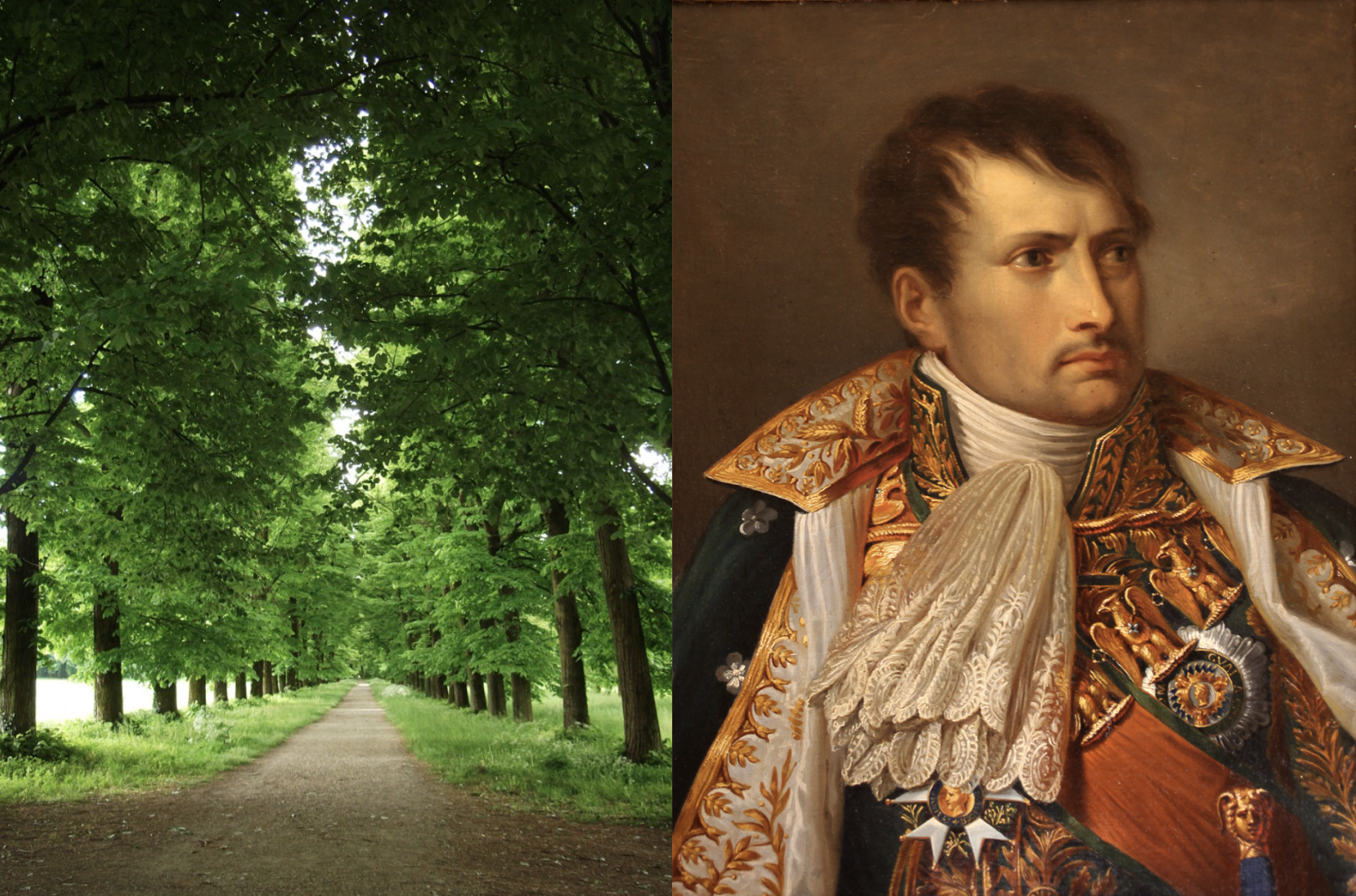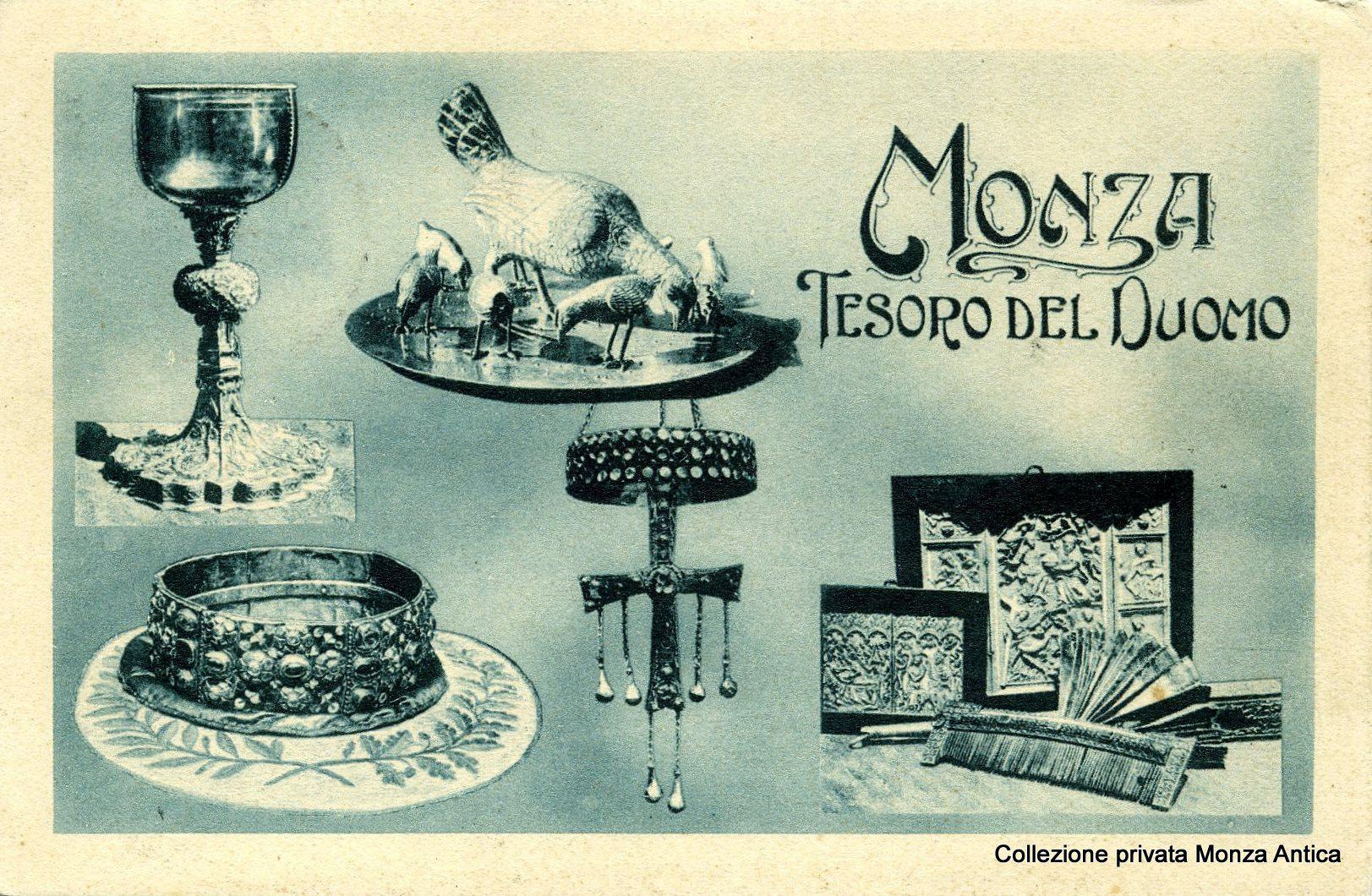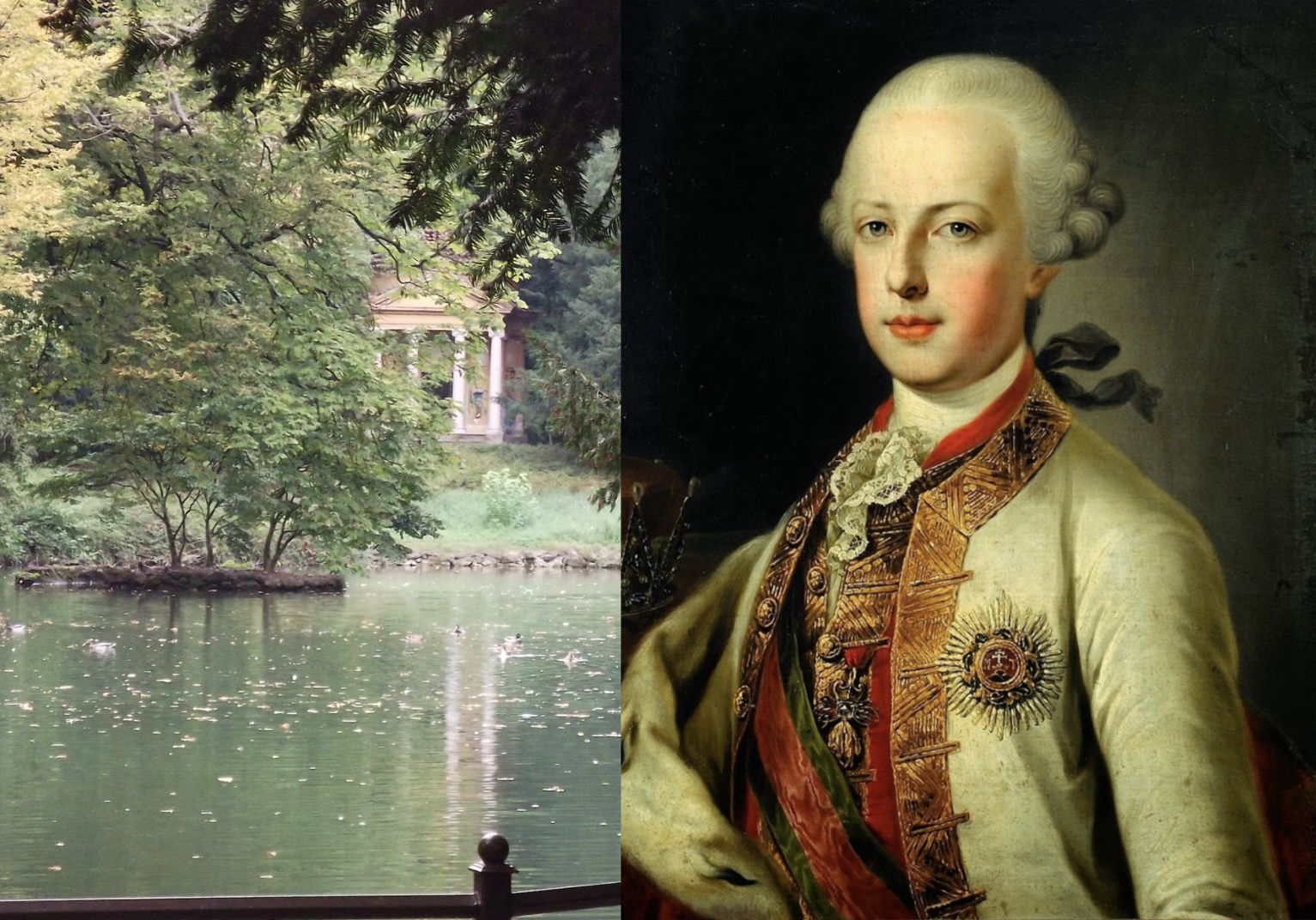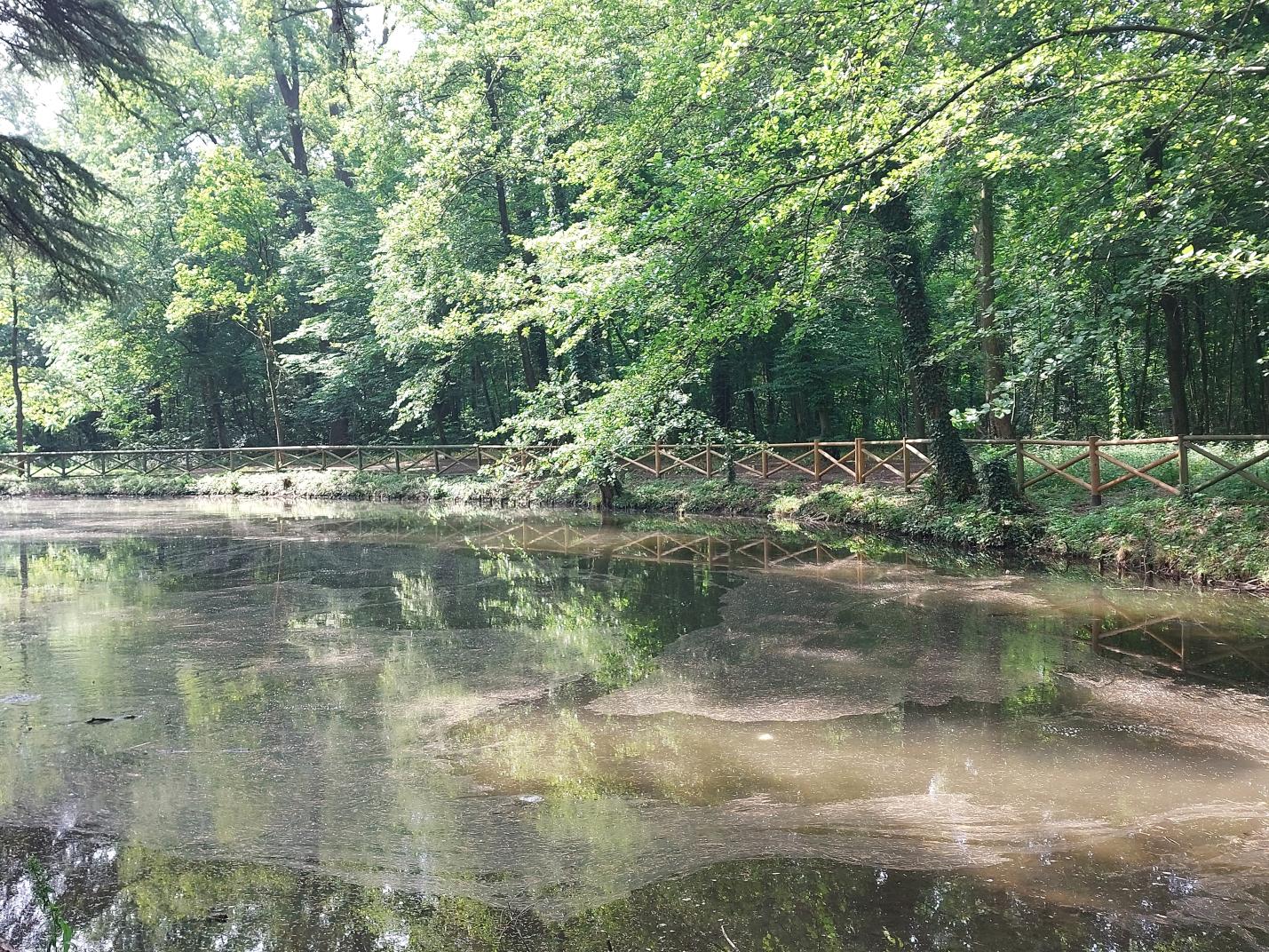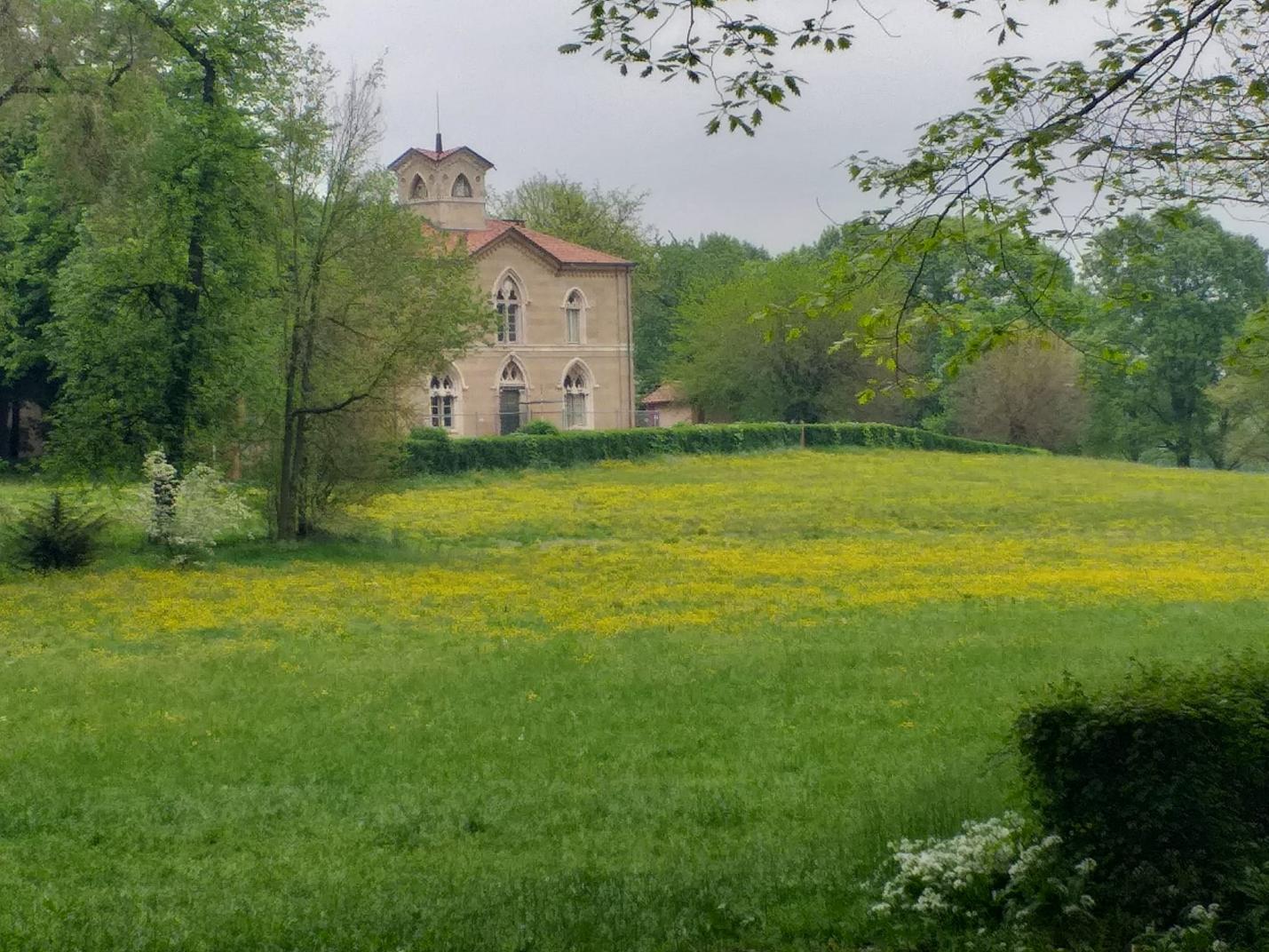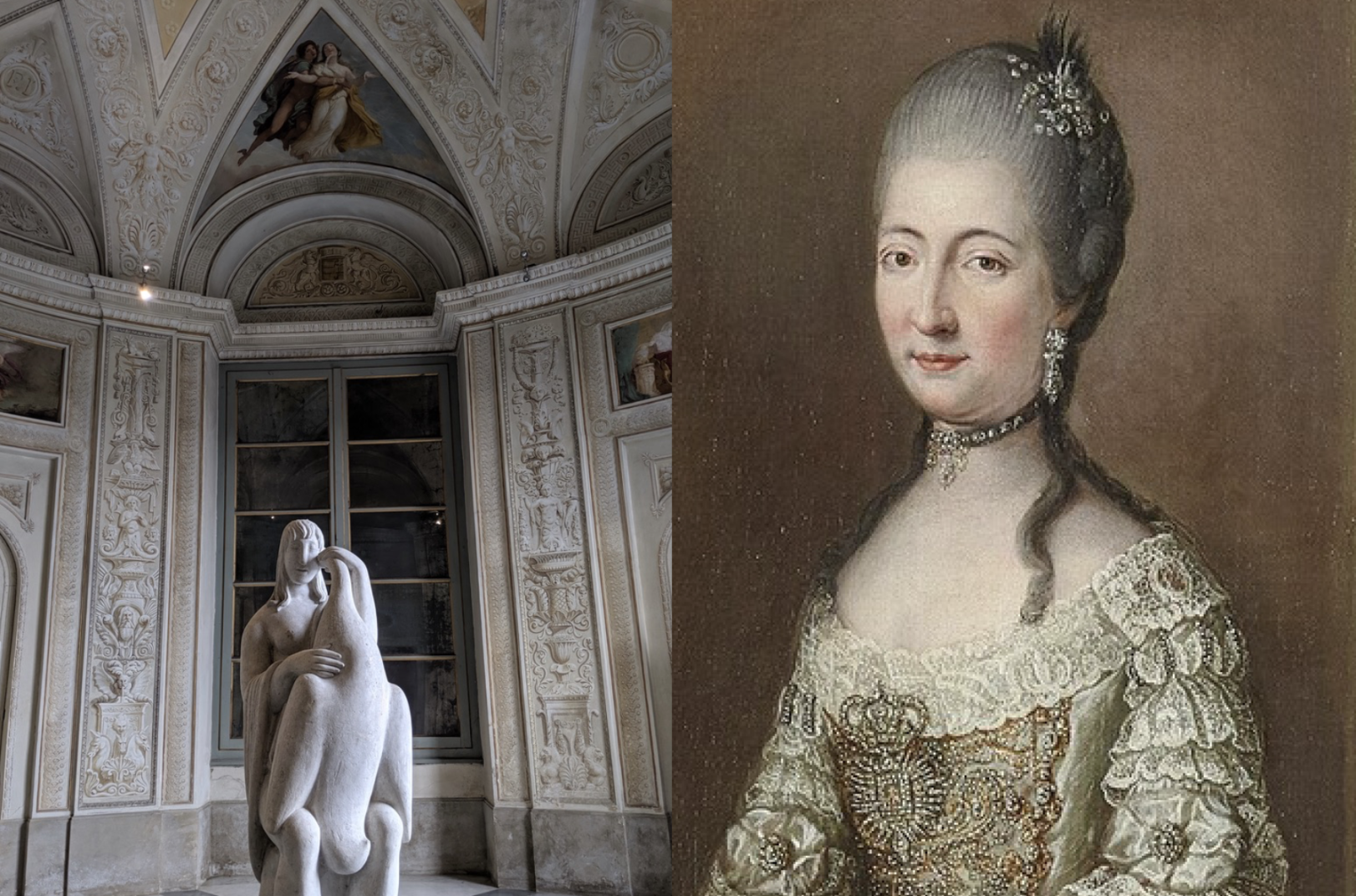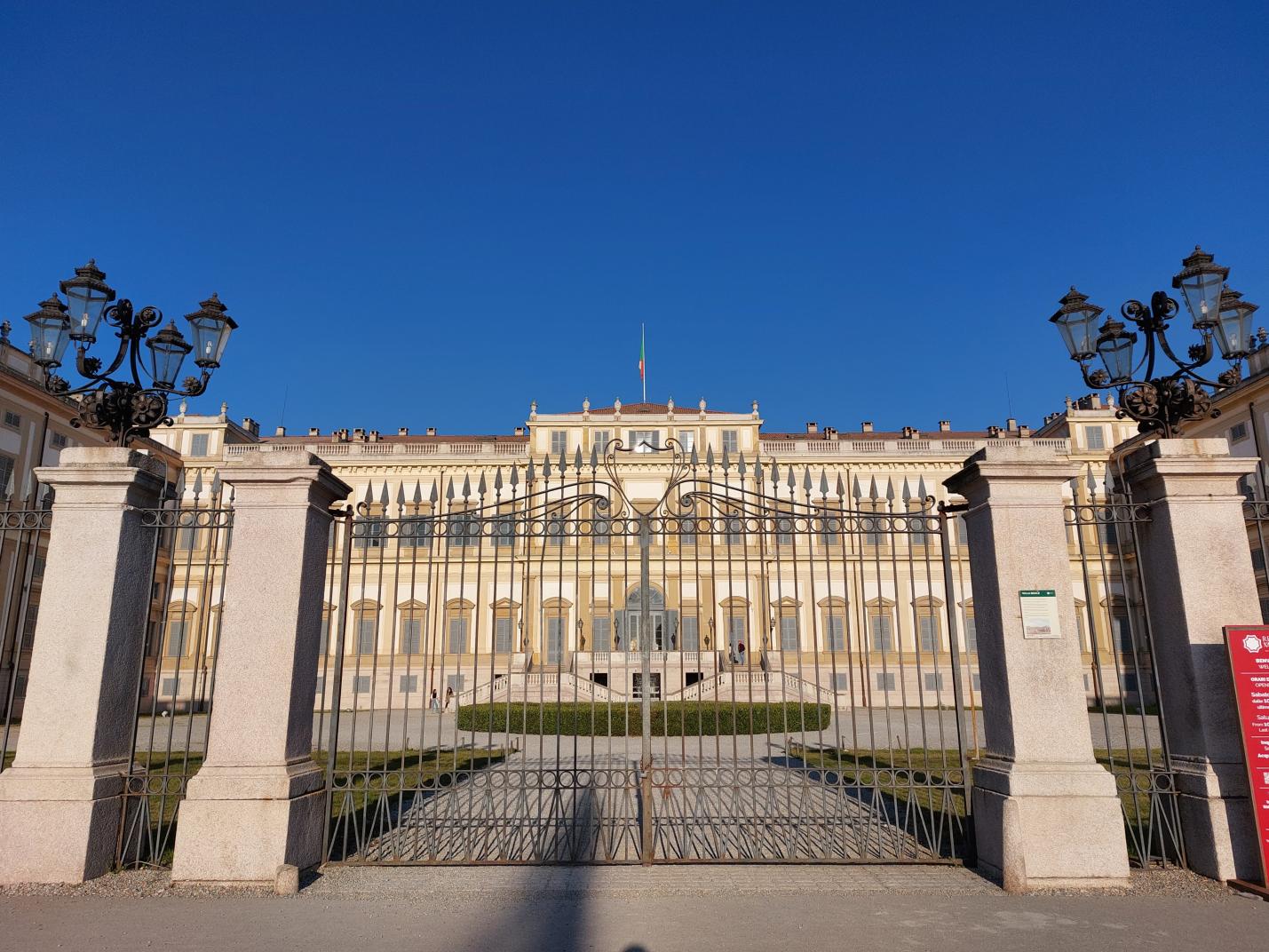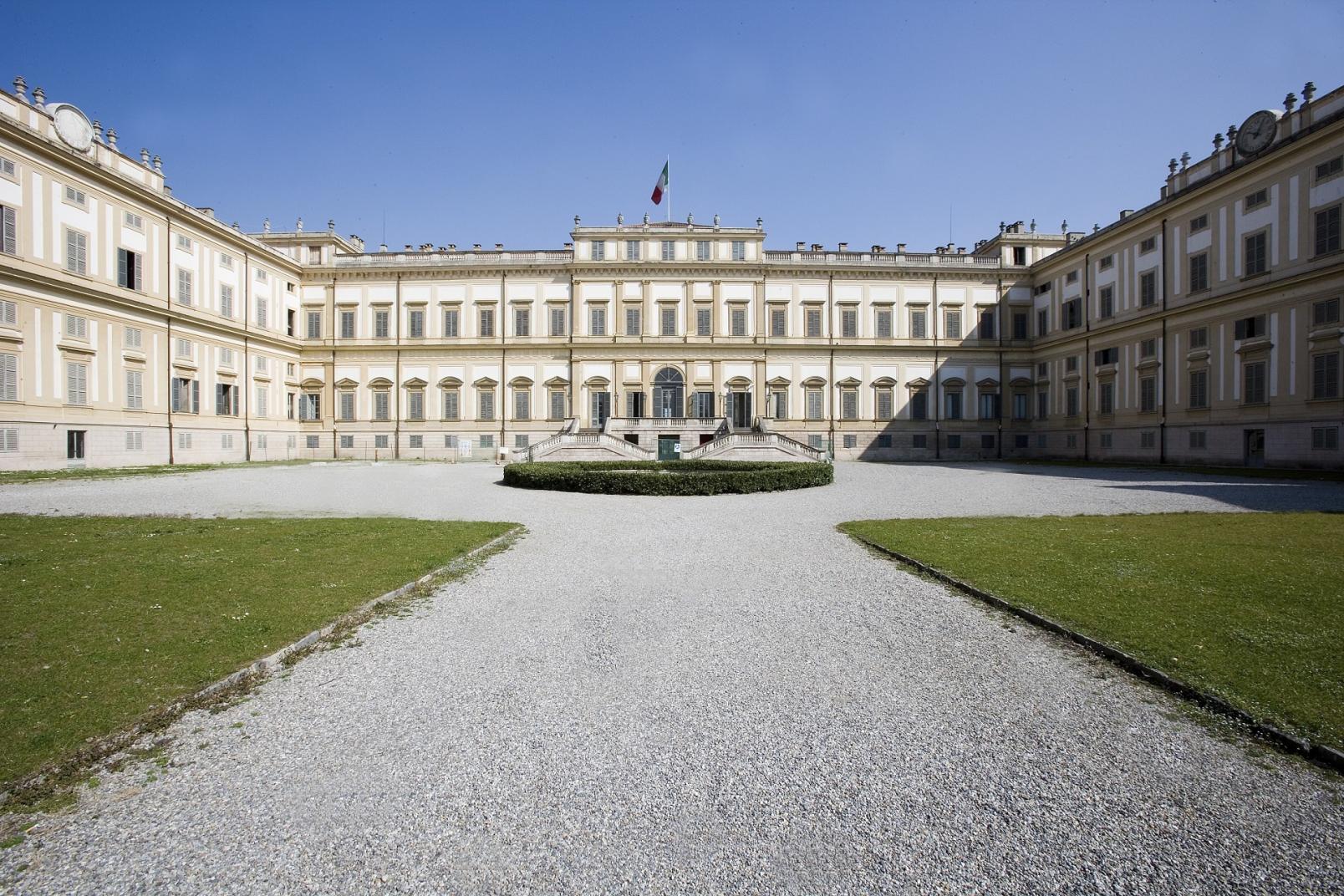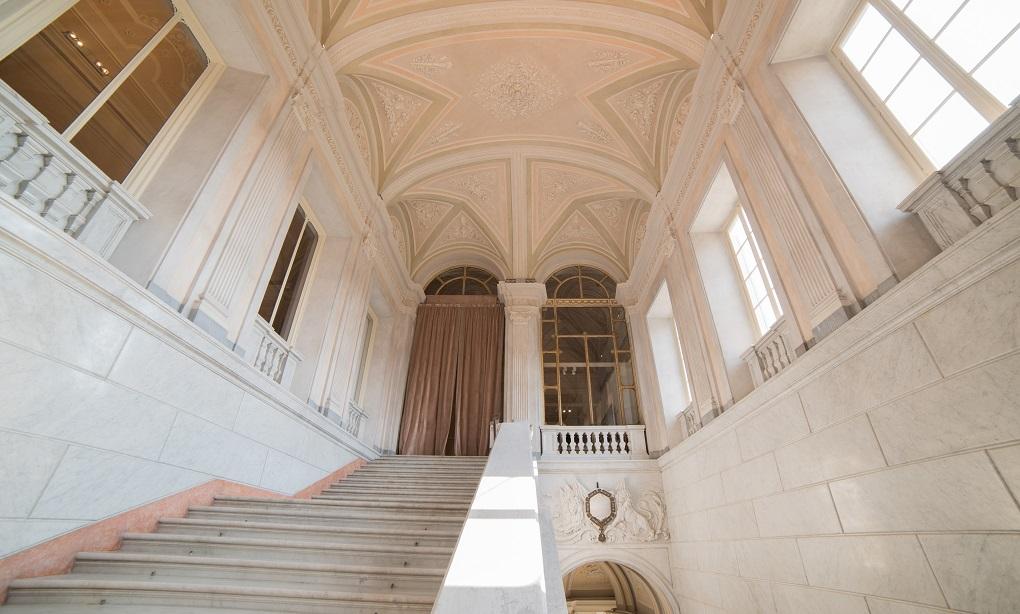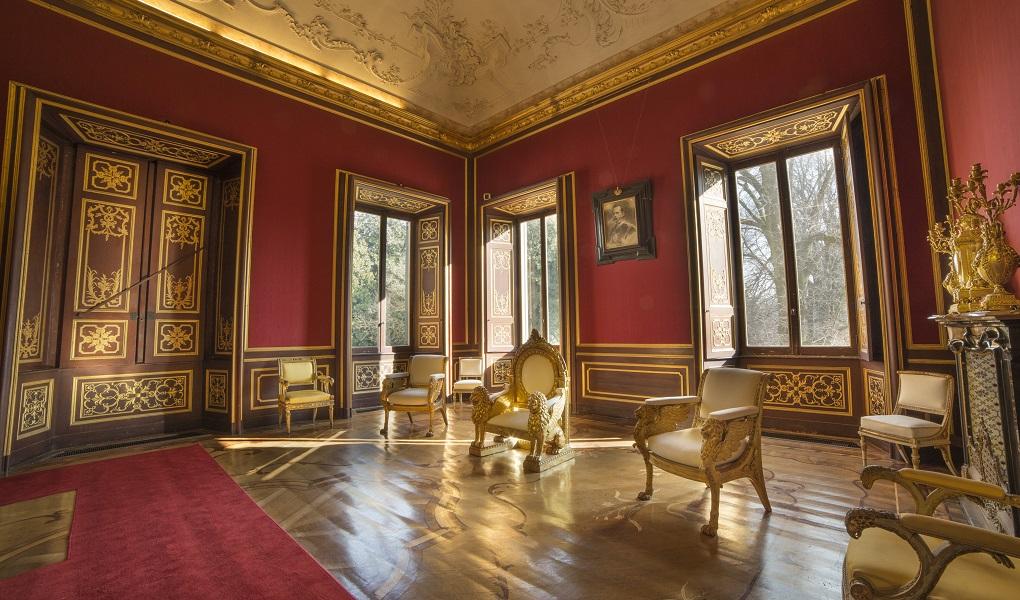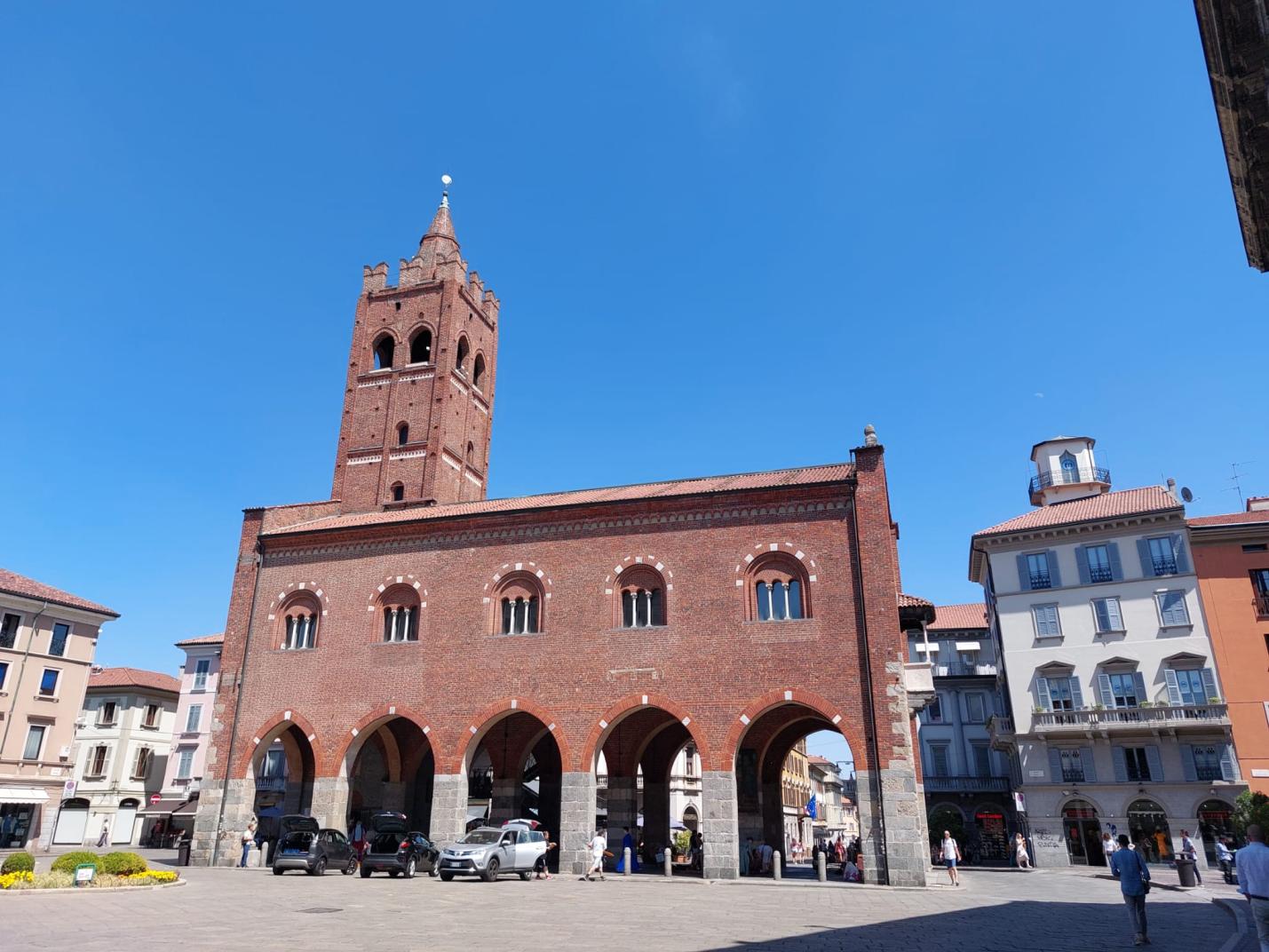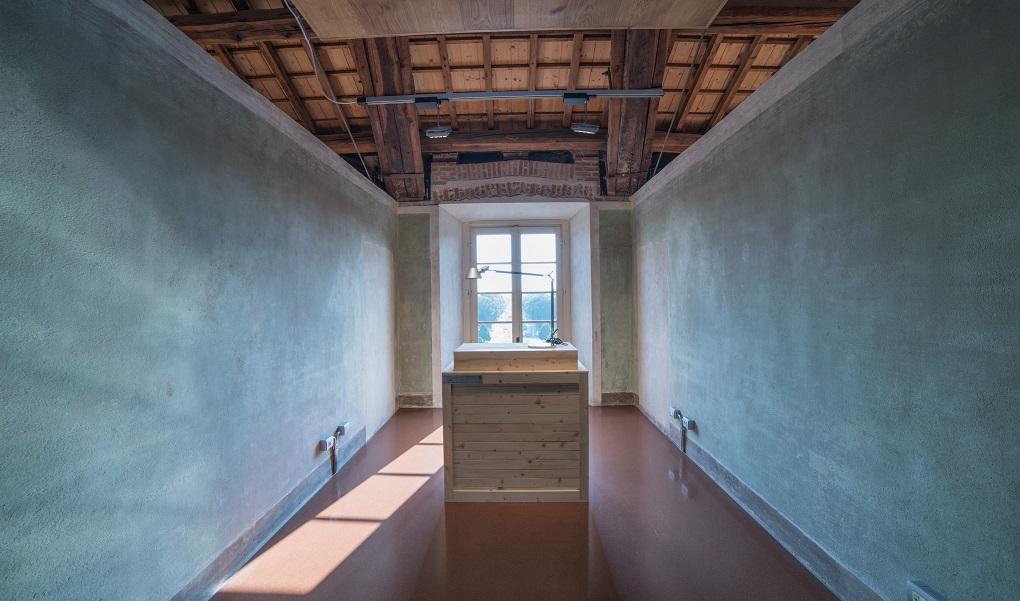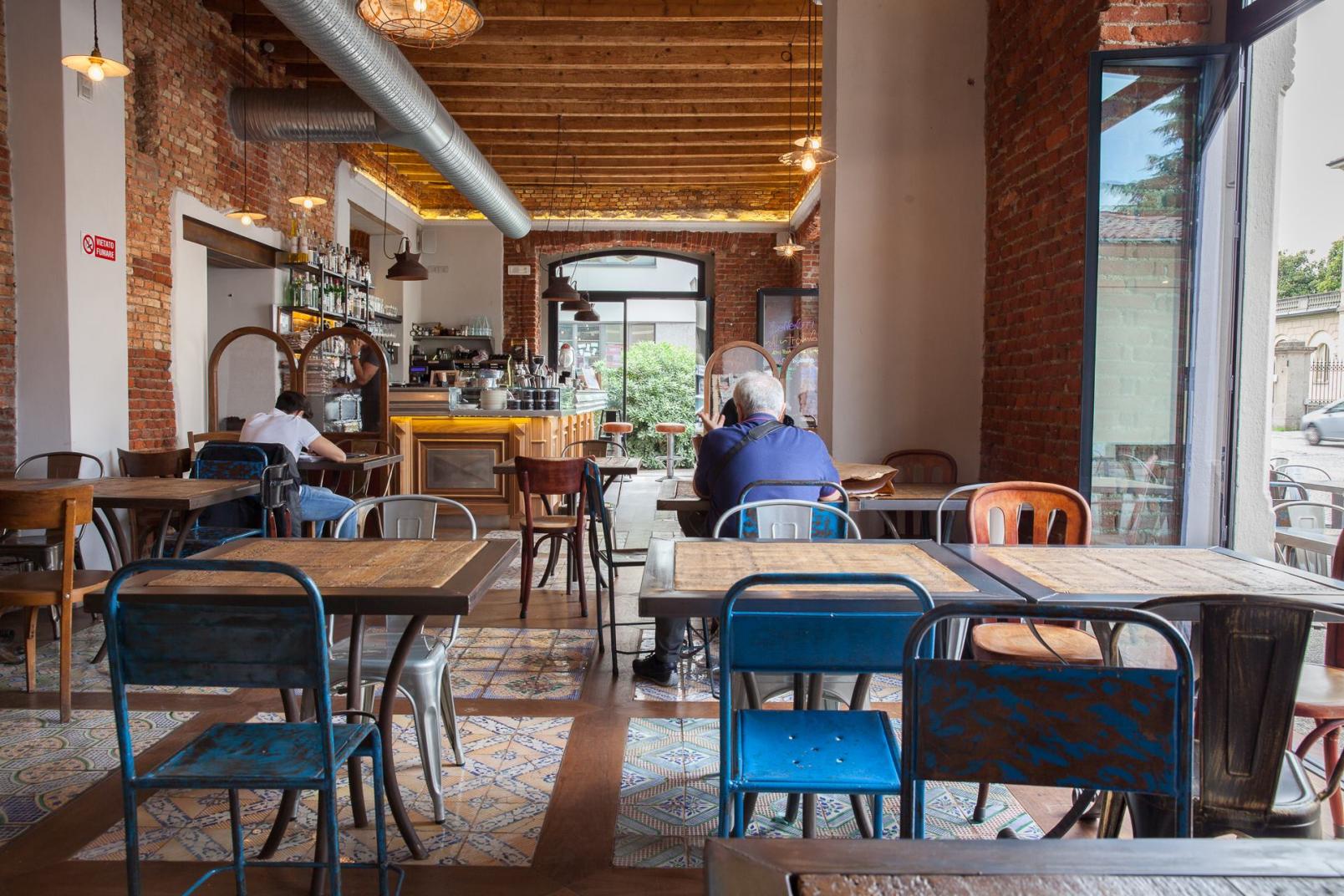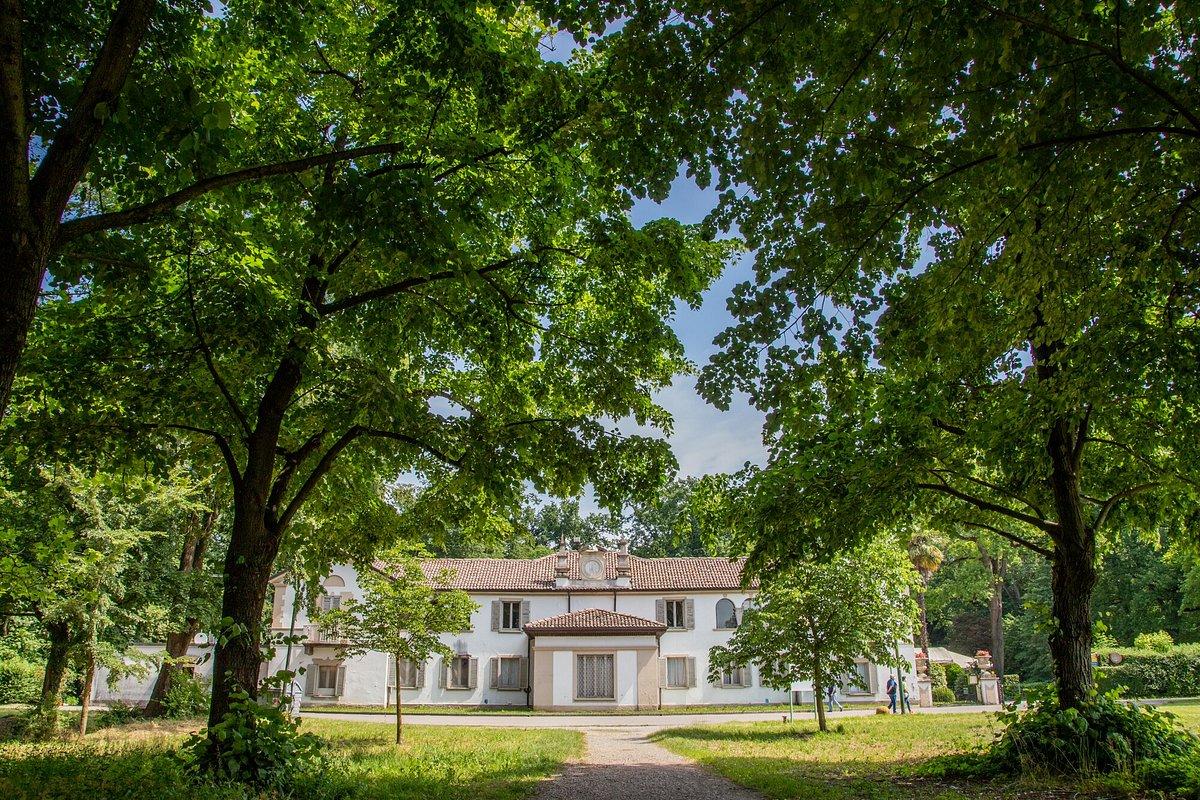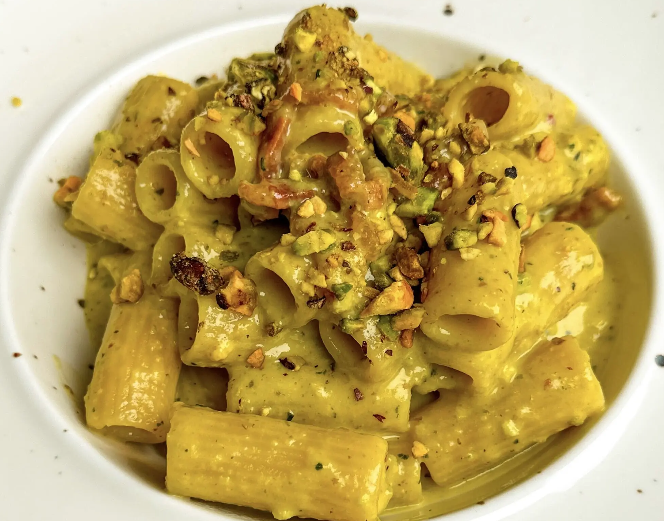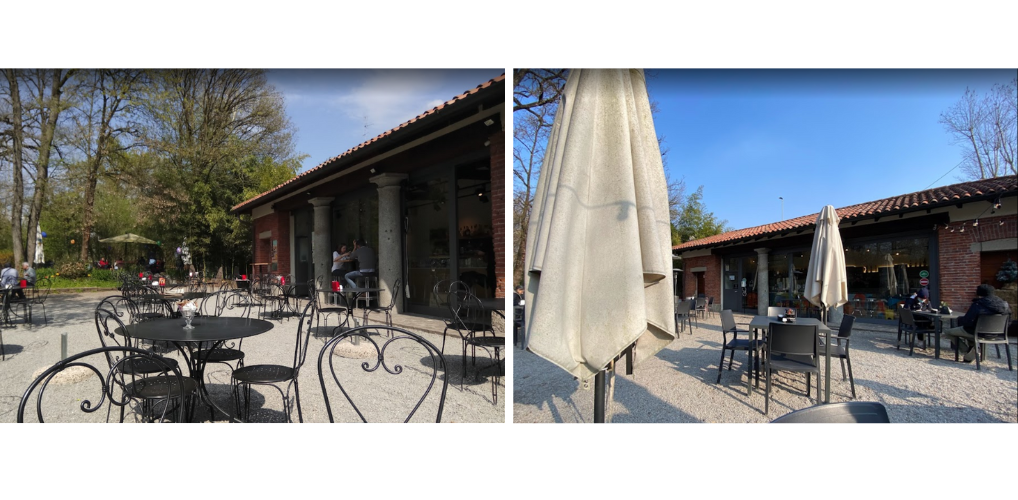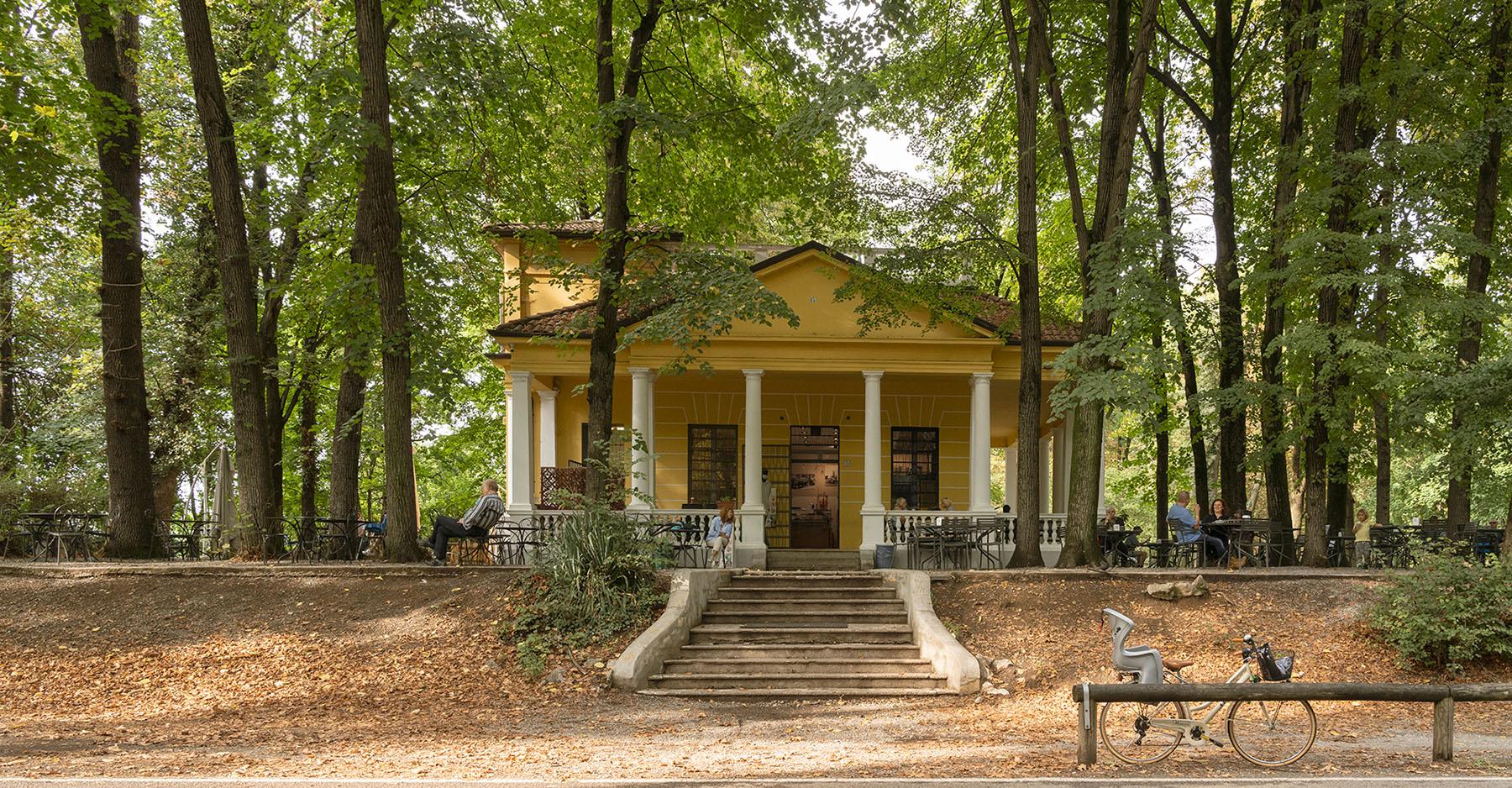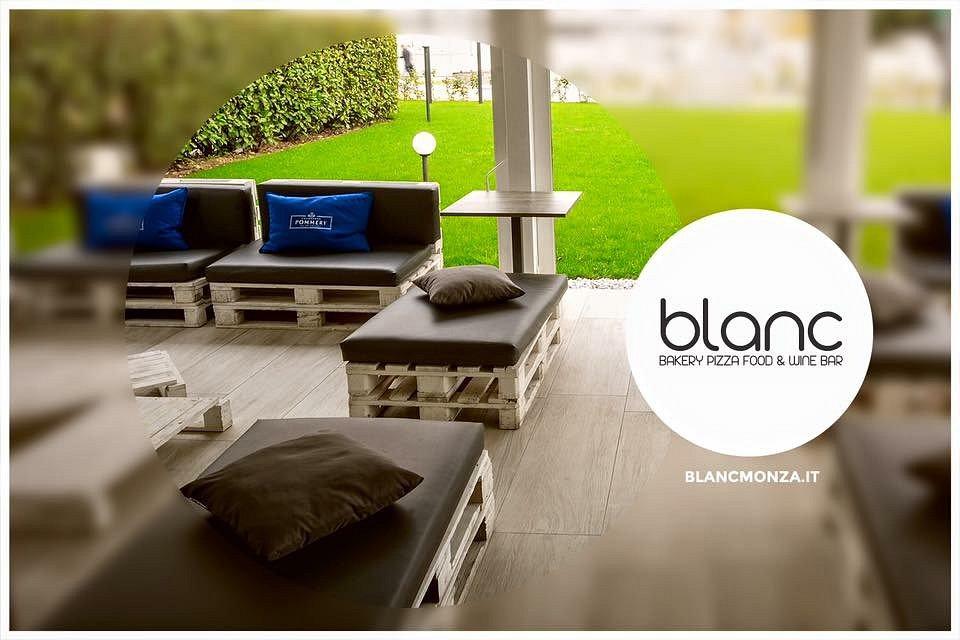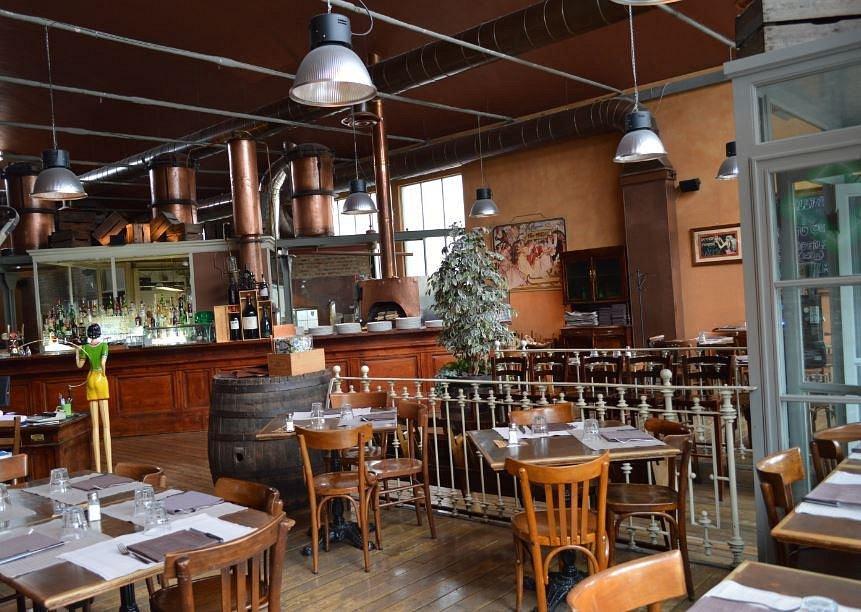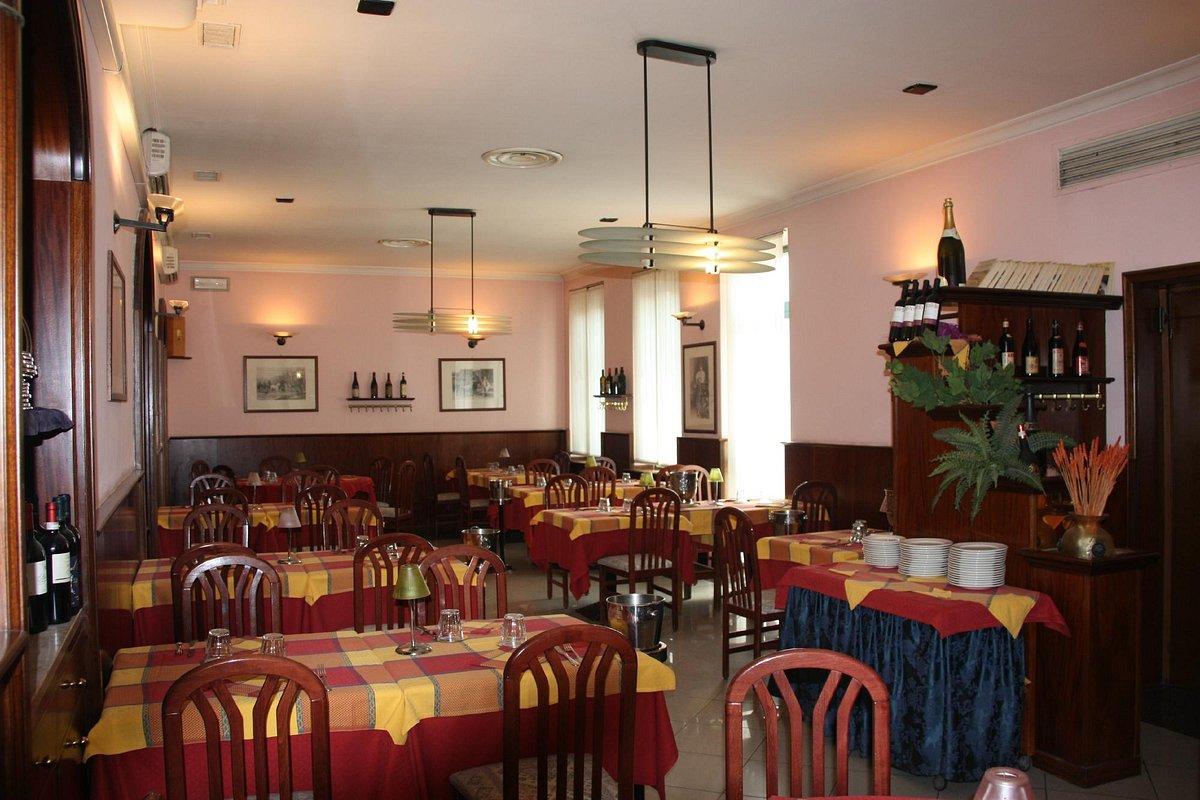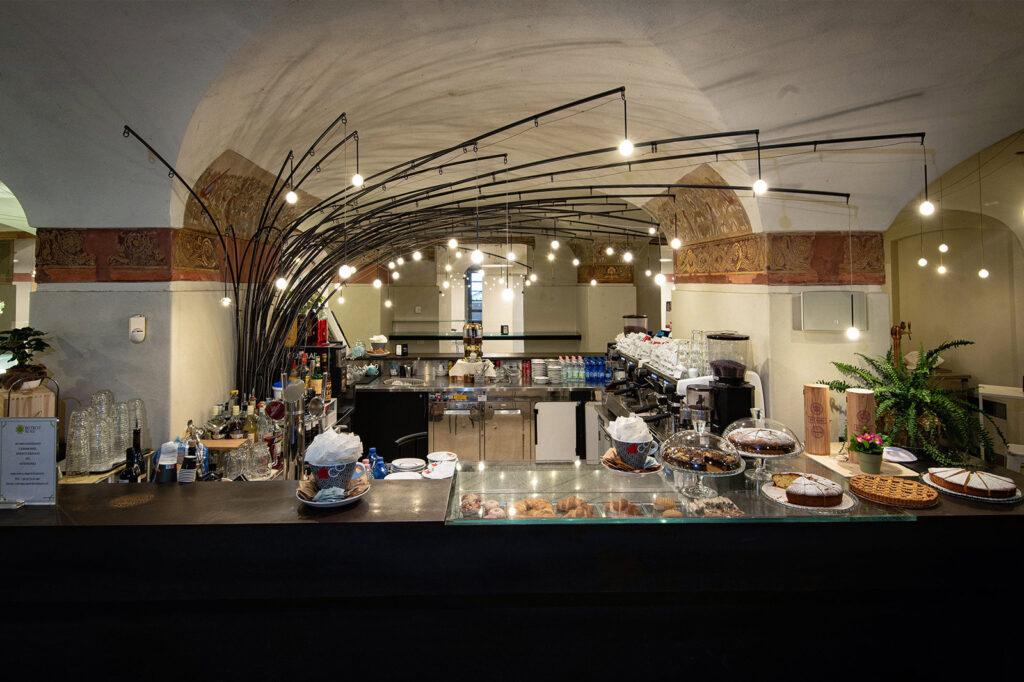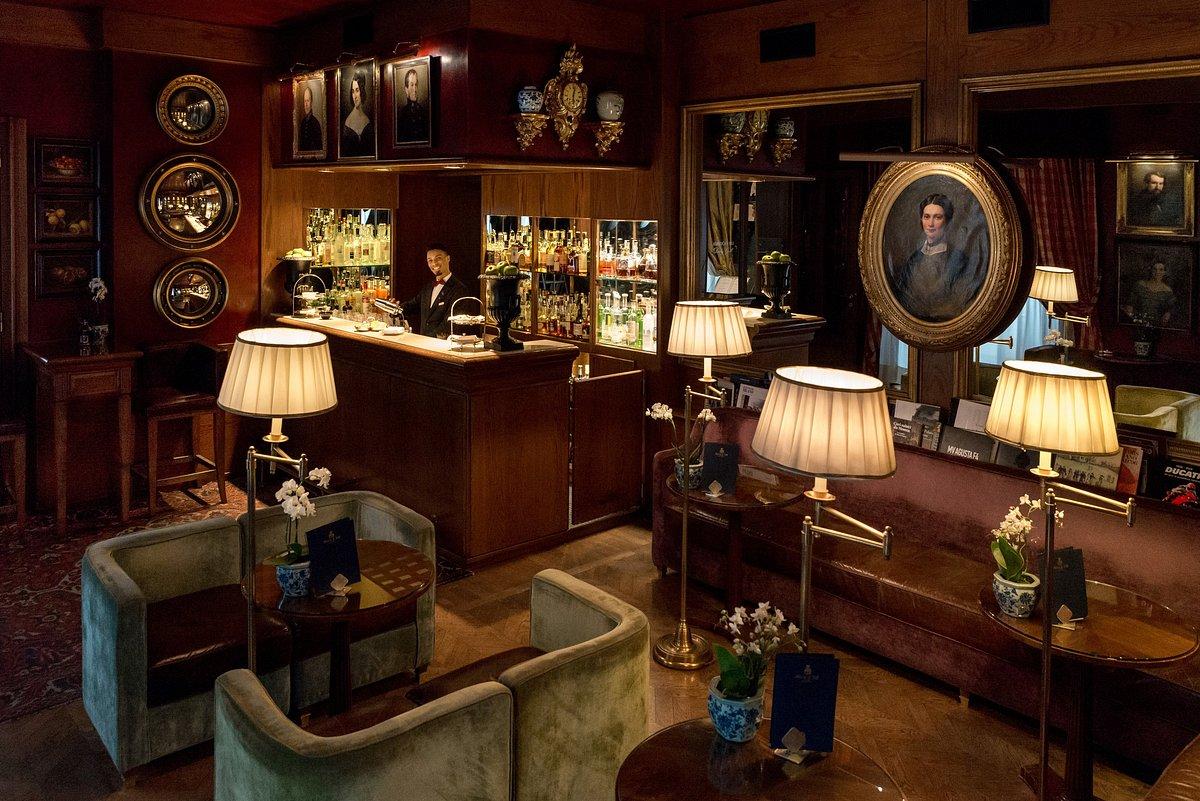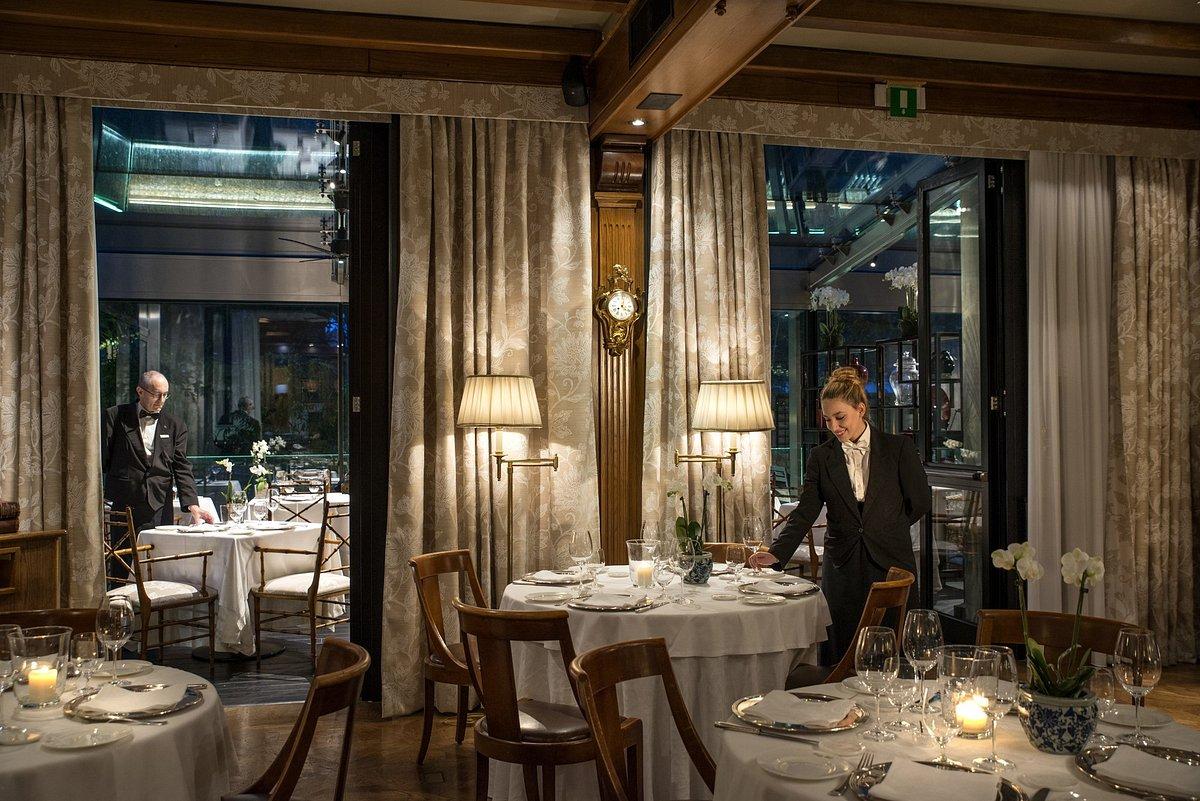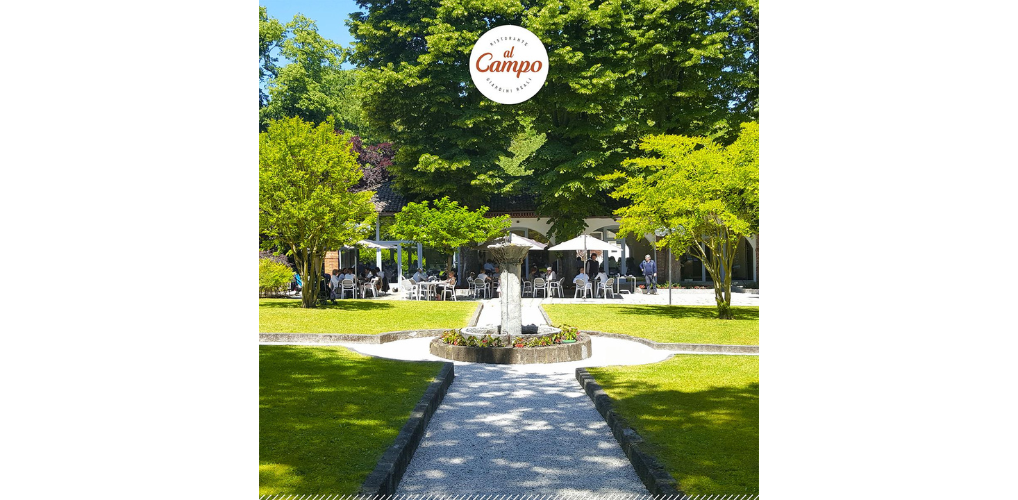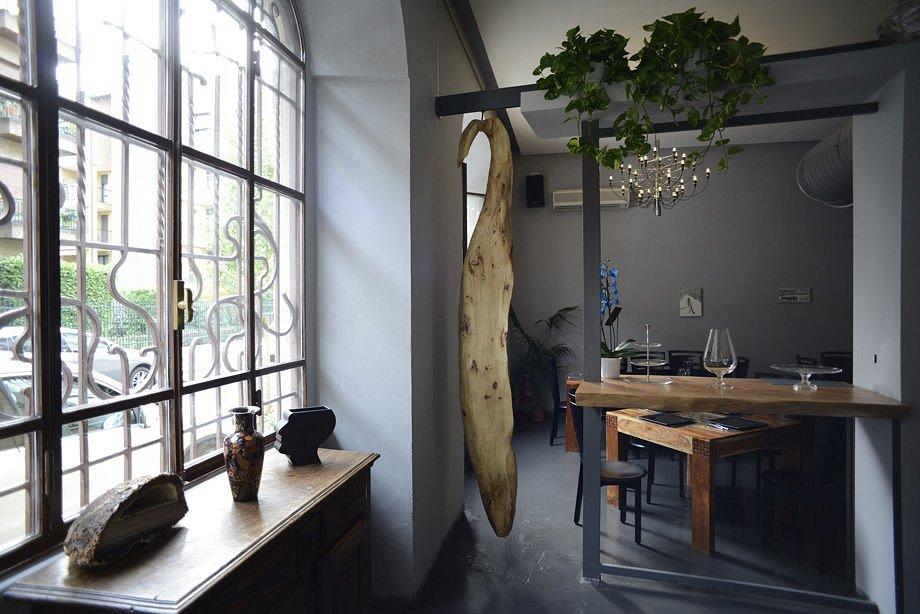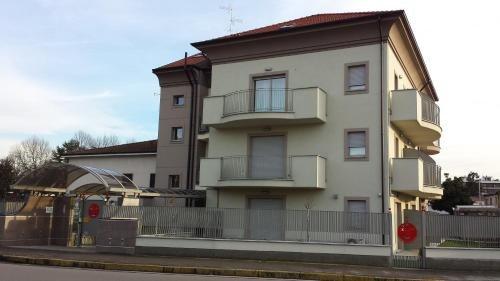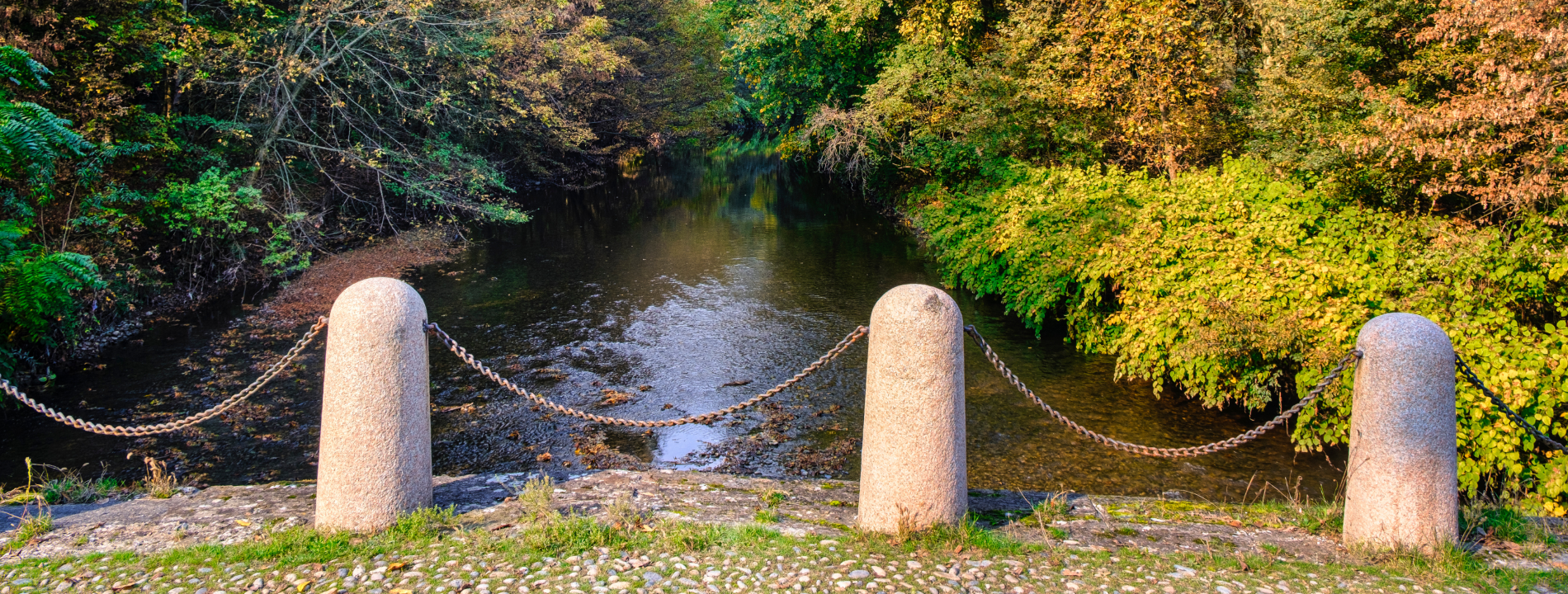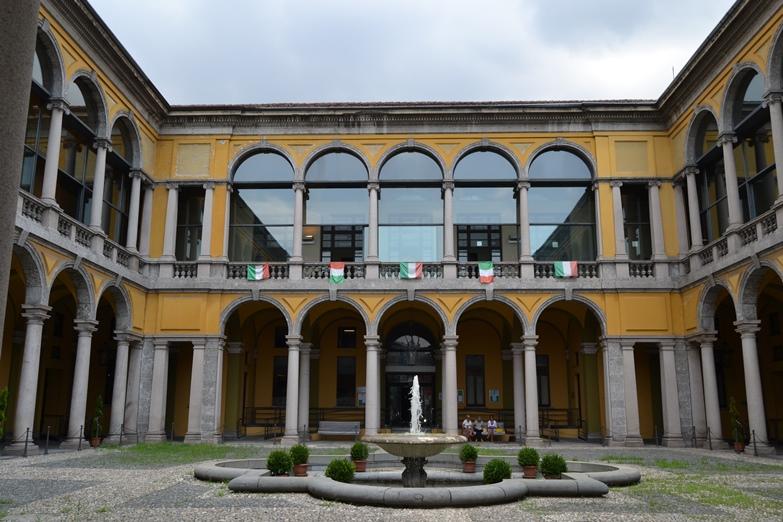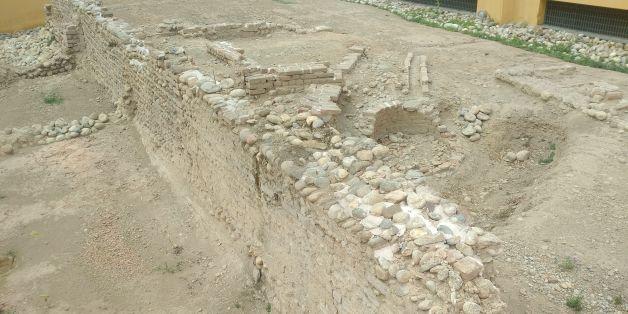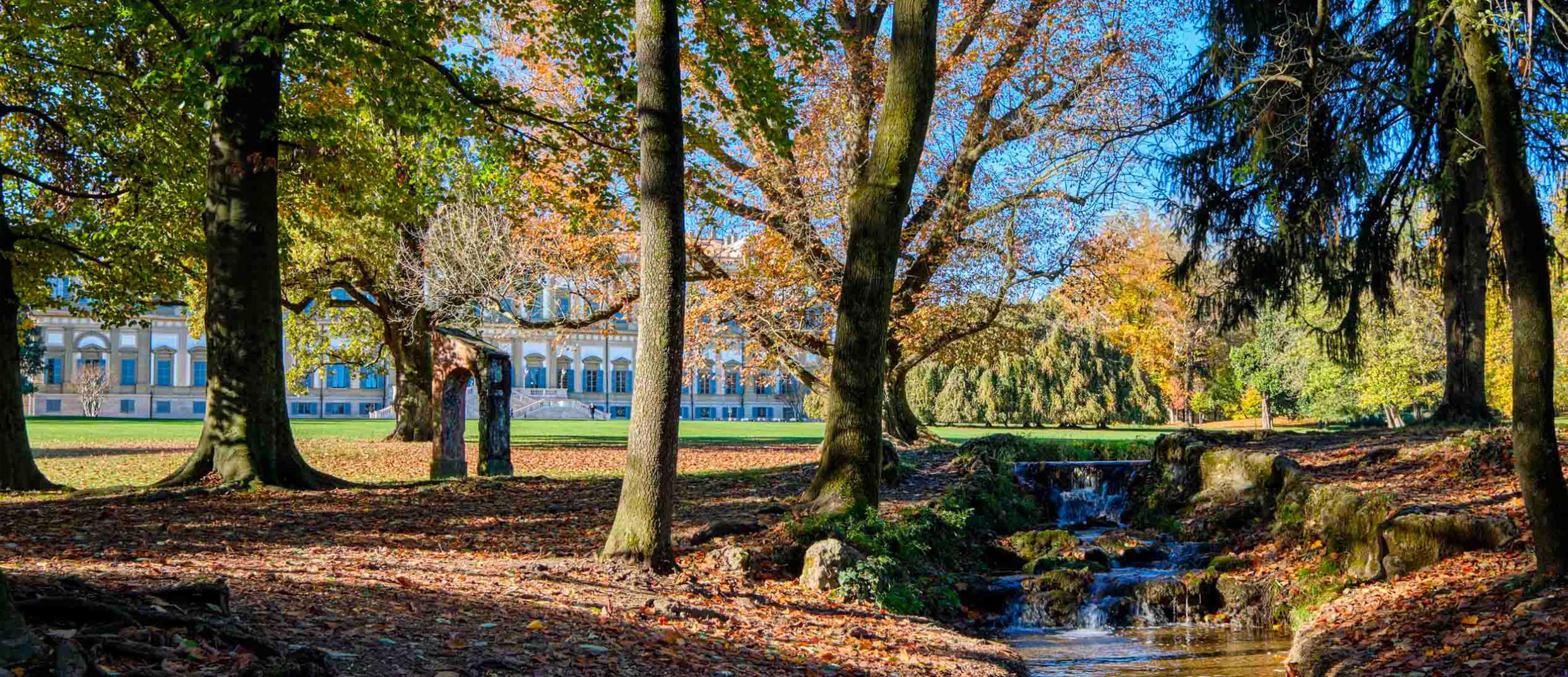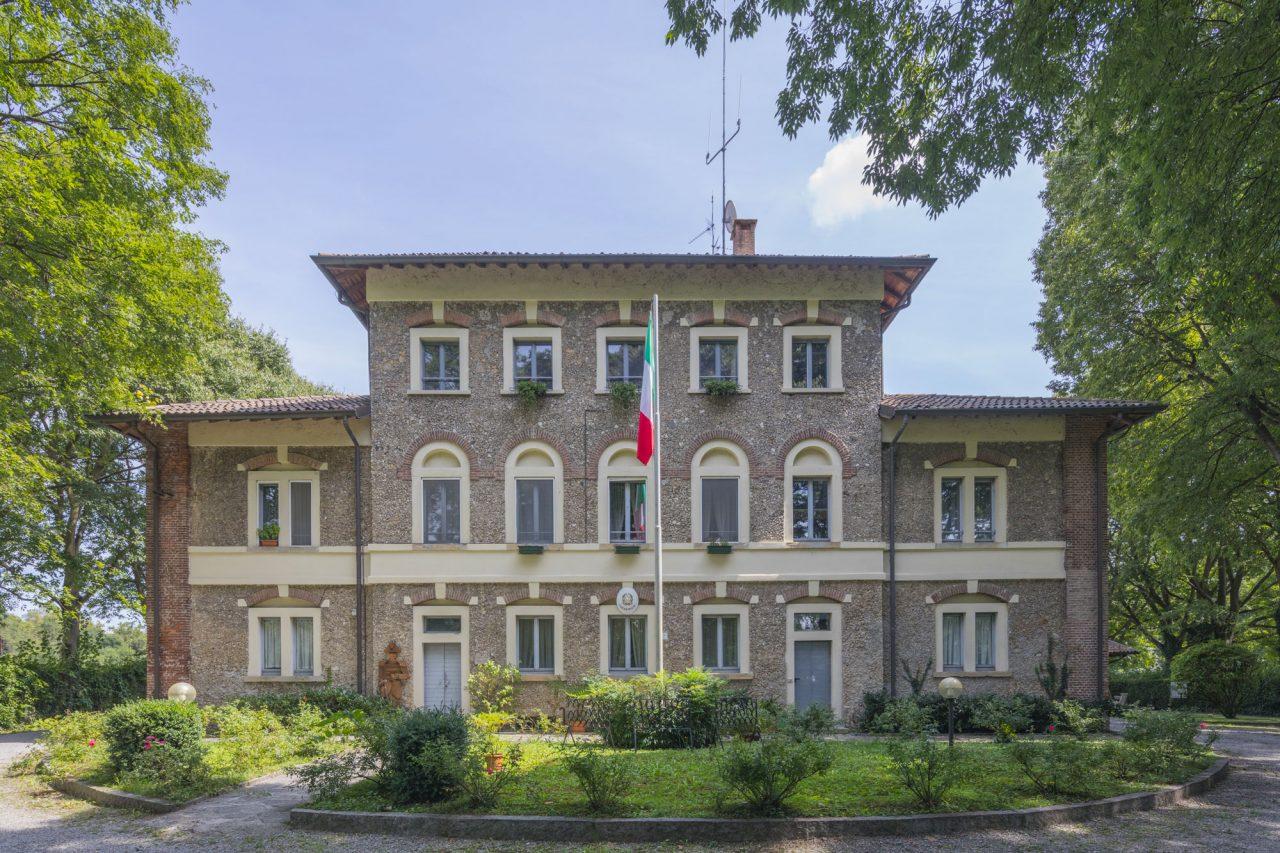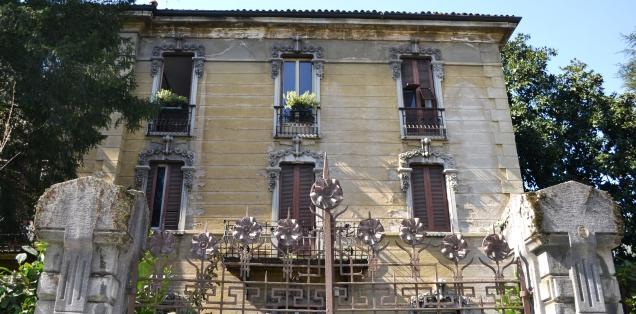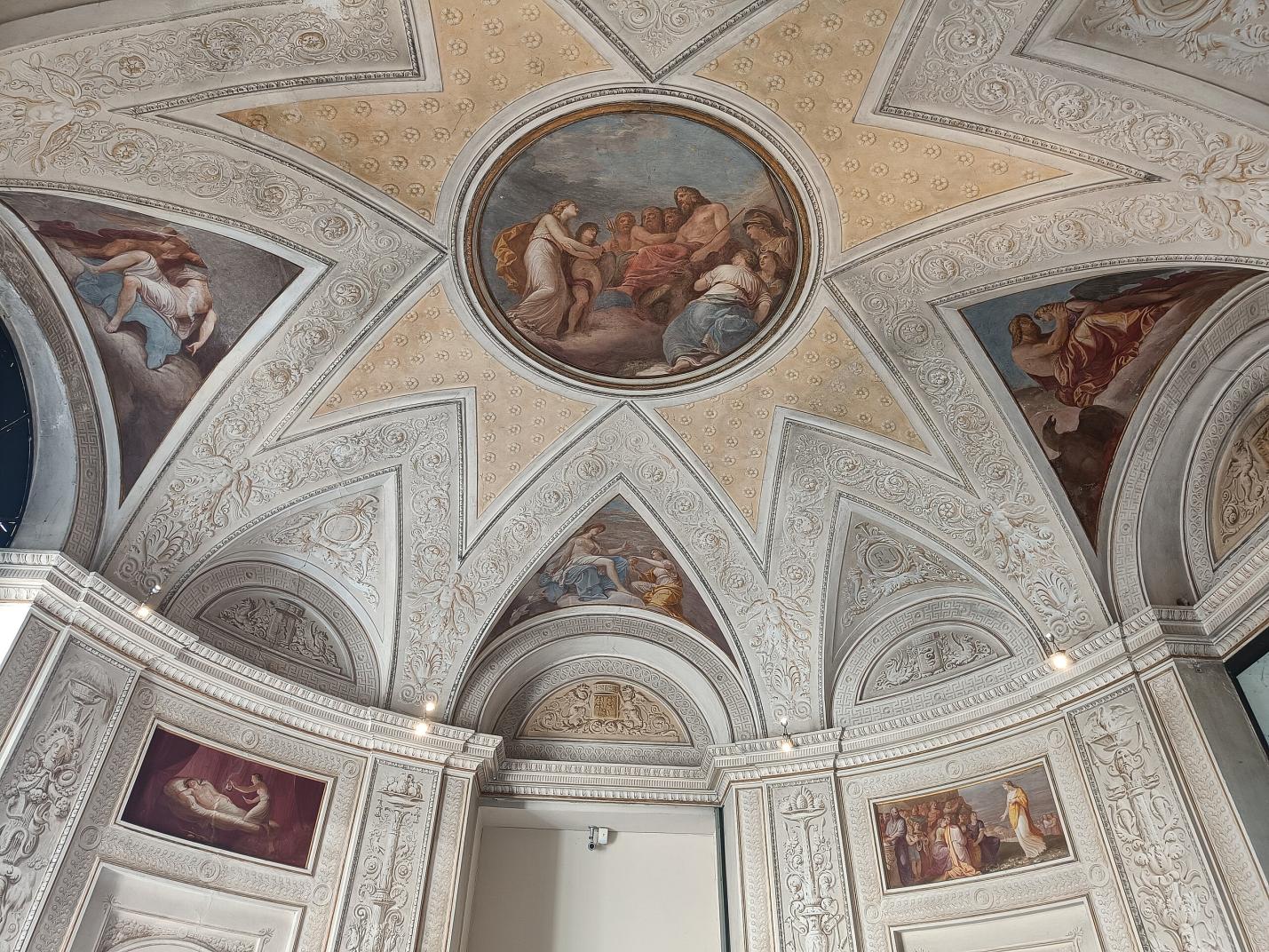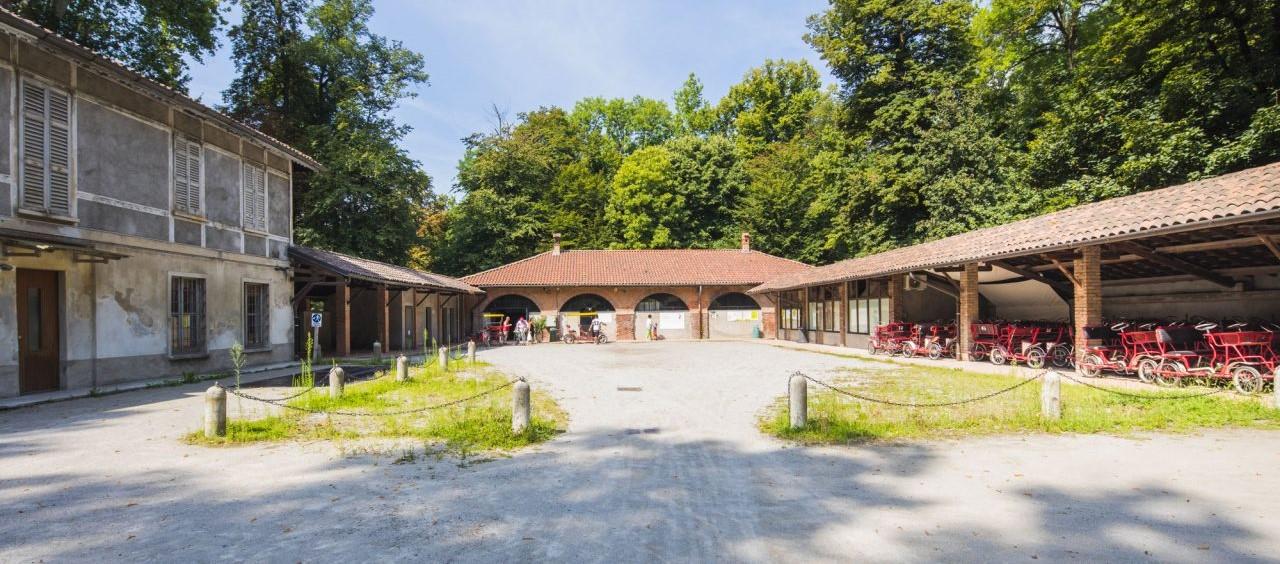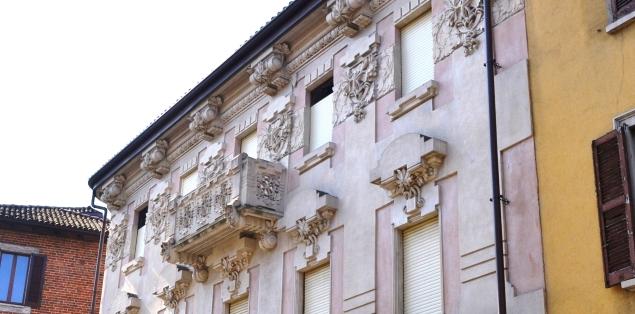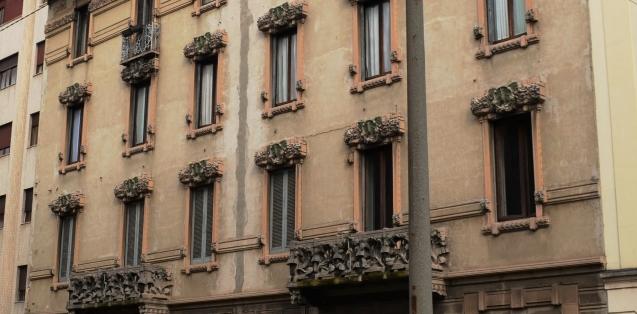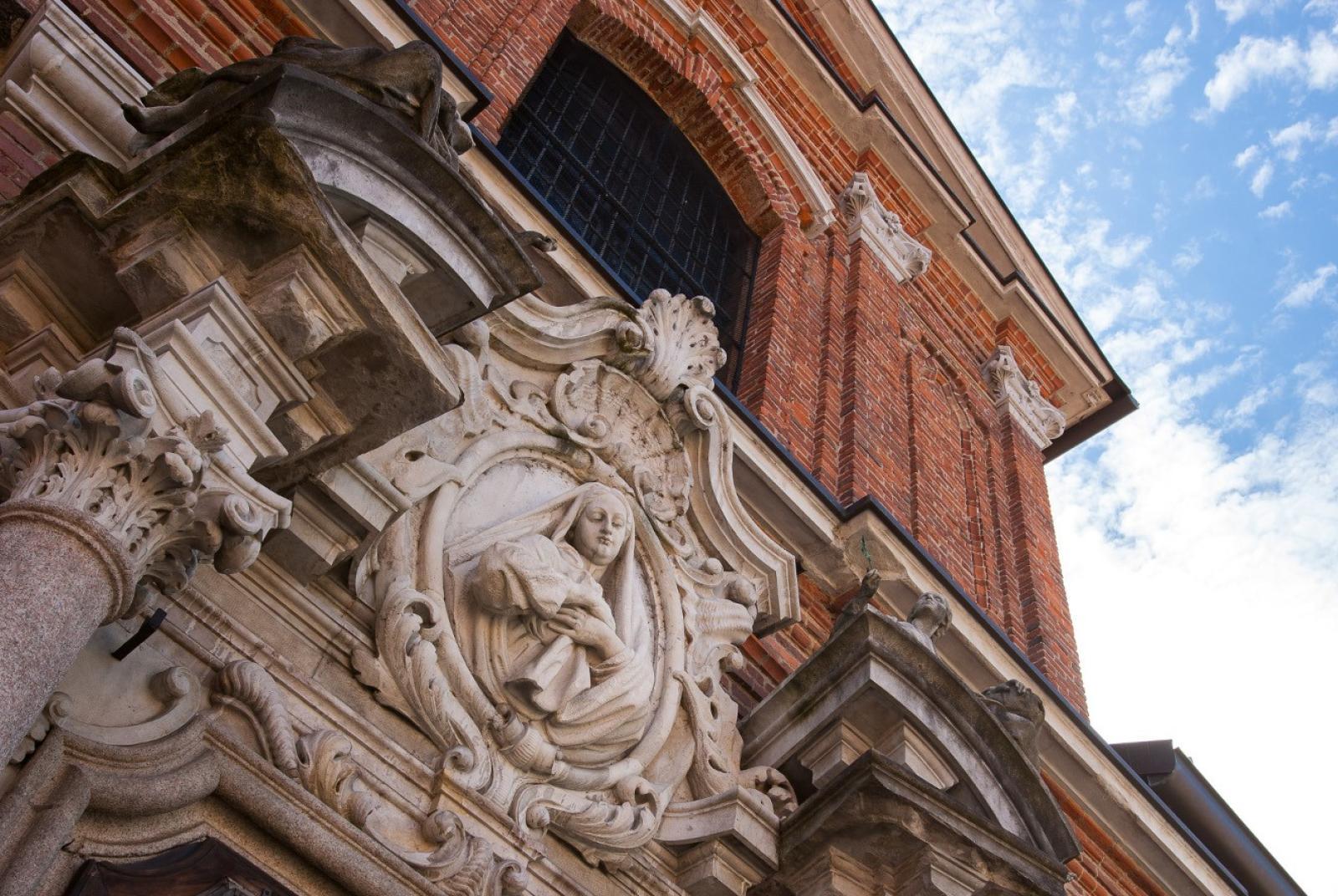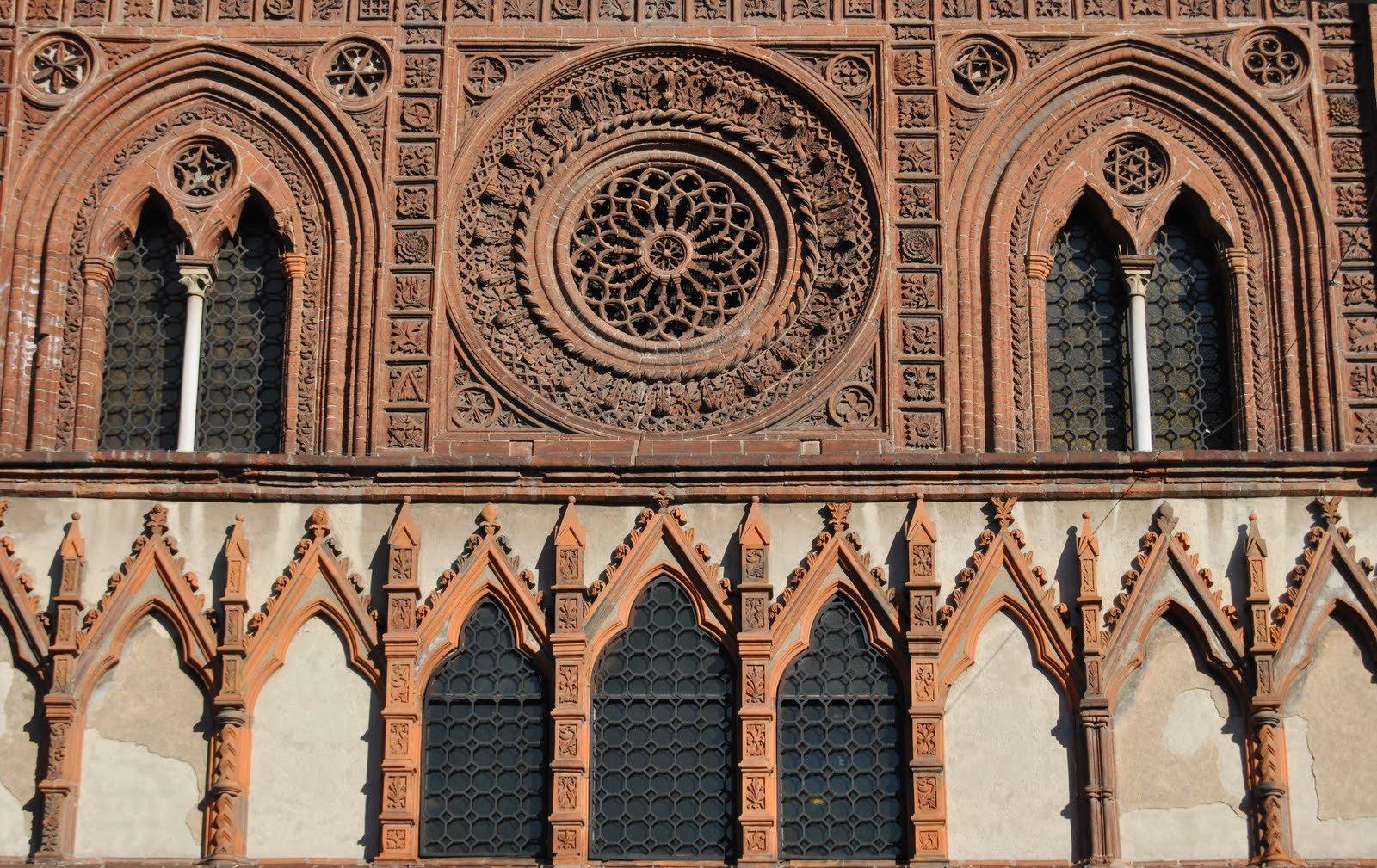Situated in the heart of Brianza, just minutes from the Villa Reale in Monza, Villa Taverna is one of the most prestigious and aristocratic villas in Lombardy. Because of its enchanting location, it was chosen in the early 1500s as a vacation resort by the Counts Taverna. Thanks to Villa Taverna's modern and well-equipped kitchens, it will be possible to prepare all dishes on site. The Villa is open year-round for Weddings, Receptions, Corporate Meetings, fashion shows, commercials, cultural events and conferences. In the autumn and winter months, it will be possible to organize events thanks to an efficient heating system; the imposing 16th-century fireplaces, fully functional and present in every room, will create a warm and evocative atmosphere.
In the summer period, the large Italian-style garden allows the Villa's reception capacity to be greatly extended; in addition, the lighting system that enhances the majestic centuries-old cypresses will give the welcome guests the opportunity to enjoy the garden at night. Near the gate, a flight of steps leads to the church dedicated to Santa Maria della Neve, where the marble effigy of the Madonna and Child, which has been considered miraculous for centuries, is preserved.
The earliest records of this Milanese patrician family date back to the early 12th century, when an investiture to the monastery of San Vito in the Lodigiano by Arderico Taverna (April 24, 1104) attests to the existence of estates there. In the 12th century, the family, which resided in Milan in Borgo di Porta Vercellina, appears to have had close contacts with the basilica of Sant "Ambrogio, evidenced by a donation of land to the Church by Ambrogio Taverna (1176) and also confirmed by the so-called "Taverna frescoes" (dated 1210-1230ca), on the first pillar to the left of the middle nave of the Church, which bear the portrait of Buonamico Taverna, buried in Sant "Ambrogio, in the attitude of an offerer. With the end of the 15th century, the Taverns acquired a role of primary importance for Milan, also evidenced by the foundation of the "Taverna Schools," one of the first free public schools in Milan, by Atonia Maggi, widow of Stefano Taverna. They were located in a building behind the Church of San Sepolcro; demolished in the 17th century to make way for the Biblioteca Ambrosiana, they were moved to Via Santa Maria Fulcorina. A turning point for the household, albeit in one of the most dramatic moments of the Franco-Spanish war, came with Francesco Taverna (1480-1560): grand chancellor of the Duchy of Milan and above all great negotiator of the most important peace treaties (between the pontiff, the king of France,England, Venice and Florence as well as the peace treaty between the Venetian Republic , the Duchy of Milan and Emperor Charles V). It was he in 1525 who bought the Villa, which has been owned and inhabited by the Taverna family from then until today. During the 18th and 19th centuries, notable figures included Francesco Taverna (1758-1827), a state councilor, and his son Paolo, founder of the Pio Istituto Sordomuti Poveri di Campagna (Pio Istituto Sordomuti Poveri di Campagna), which still exists today. Alongside the many episodes of historical significance that punctuated the Family's affairs, the Tavernas' convinced and active commitment from the Napoleonic republics throughout the Risorgimento in favor of Italian independence and unity is worth mentioning. Rinaldo Taverna moved to Rome immediately after Porta Pia in the retinue of the King of Italy for whom he held important public offices.
Photo credits Villa Taverna

